
Top 20 Anime Featuring Overpowered Protagonist
20. Spy x Family
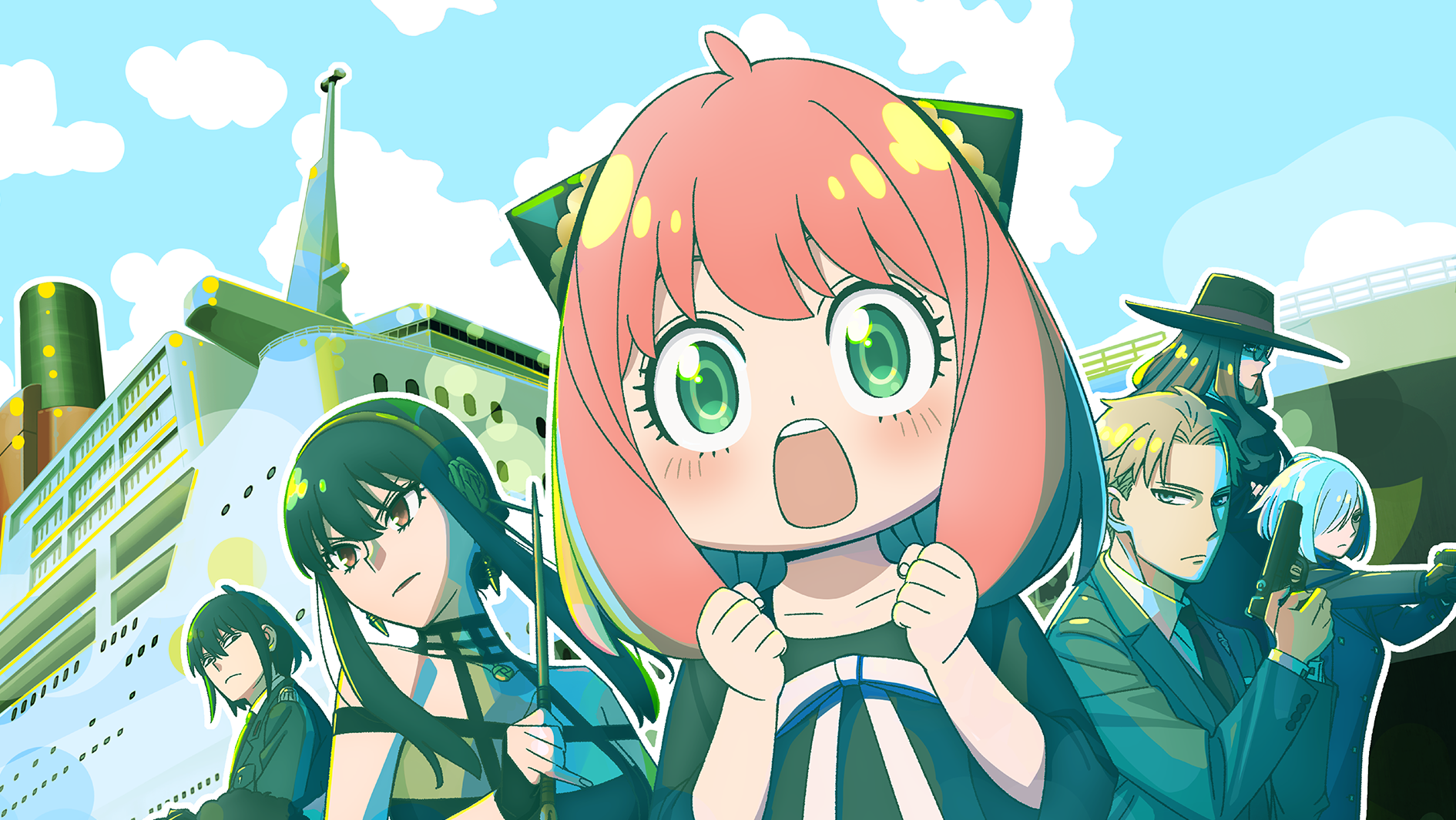
Spy x Family emerges as a masterclass in blending spy antics with family dynamics, earning acclaim across various platforms. At the forefront is Loid Forger, outwardly a mild-mannered psychiatrist but secretly the esteemed Special Agent Twilight of the WISE agency.
Twilight’s expertise lies in his remarkable ability to seamlessly transform himself, adopting different personas with ease. His skill in disguise extends to embodying diverse personality traits to blend into any scenario.
Beyond his adeptness in espionage, Loid is also a proficient martial artist. His combat prowess allows him to effortlessly subdue multiple adversaries without resorting to lethal force.
However, the sheer breadth of Loid’s capabilities—ranging from espionage to martial arts to nurturing fatherhood—occasionally strains credulity, pushing the boundaries of realism within the narrative.
| MyAnimeList Score: | 8.29/10 |
|---|---|
| Anime-Planet Score & Rank: | 3.34/5 & Rank #27 |
| IMDb Rating: | 8.4/10 |
19. Dr. Stone
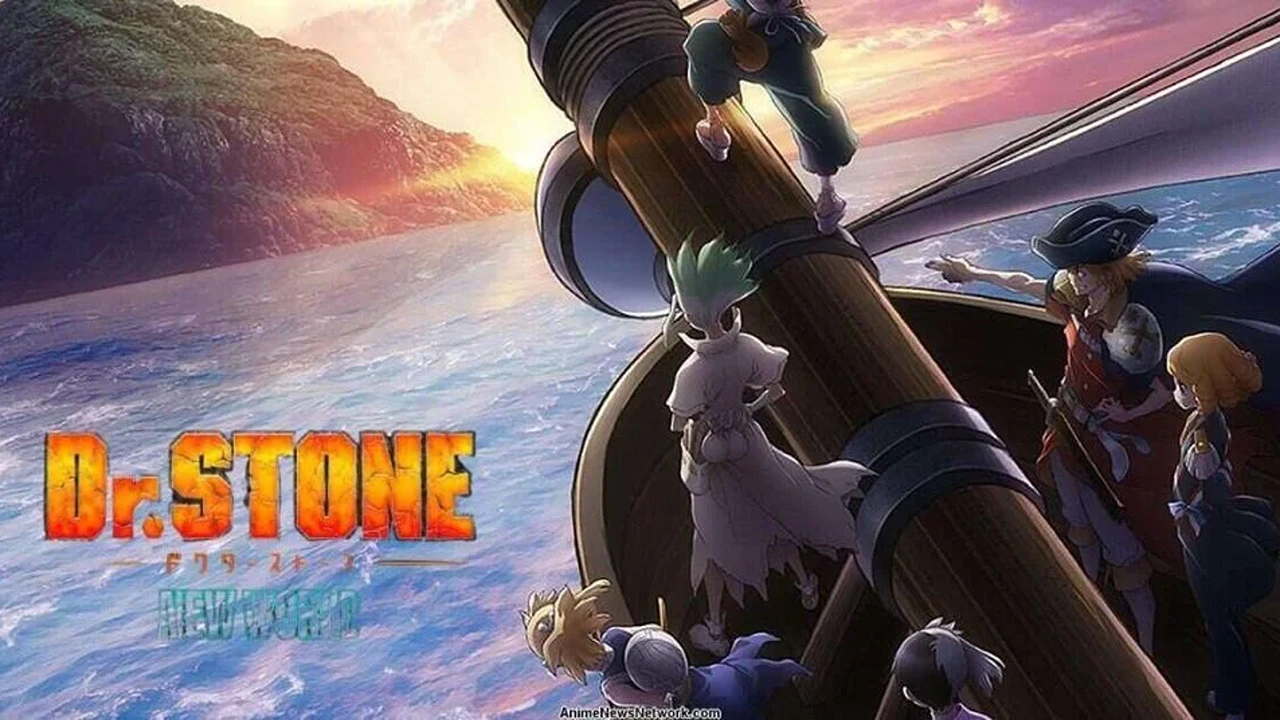
“Dr. Stone” stands out as a refreshing addition to the shonen genre, offering an inventive narrative centered around the rebooting of society.
At the heart of “Dr. Stone” is Senku Ishigami, an ardent lover of science whose encyclopedic knowledge spans across all scientific disciplines.
Senku’s exceptional memory enables him to recall the intricate details necessary for crafting various machines aimed at improving life in the Stone World. However, his true strength lies in his strategic acumen.
When confronted with the formidable Shishio Tsukasa, Senku recognizes the need to sway Tsukasa’s followers to his cause. Employing his intellect, Senku devises numerous schemes to demonstrate the advantages of his Kingdom of Science.
Through his persuasive arguments and inventive solutions, Senku champions the importance and wonder of science, effectively catalyzing the revival of civilization and securing a future for humanity.
| MyAnimeList Score: | 8.26/10 |
|---|---|
| Anime-Planet Score & Rank: | 4.30/5 & Rank #116 |
| IMDb Rating: | 8.1/10 |
18. Food Wars!: Shokugeki No Soma
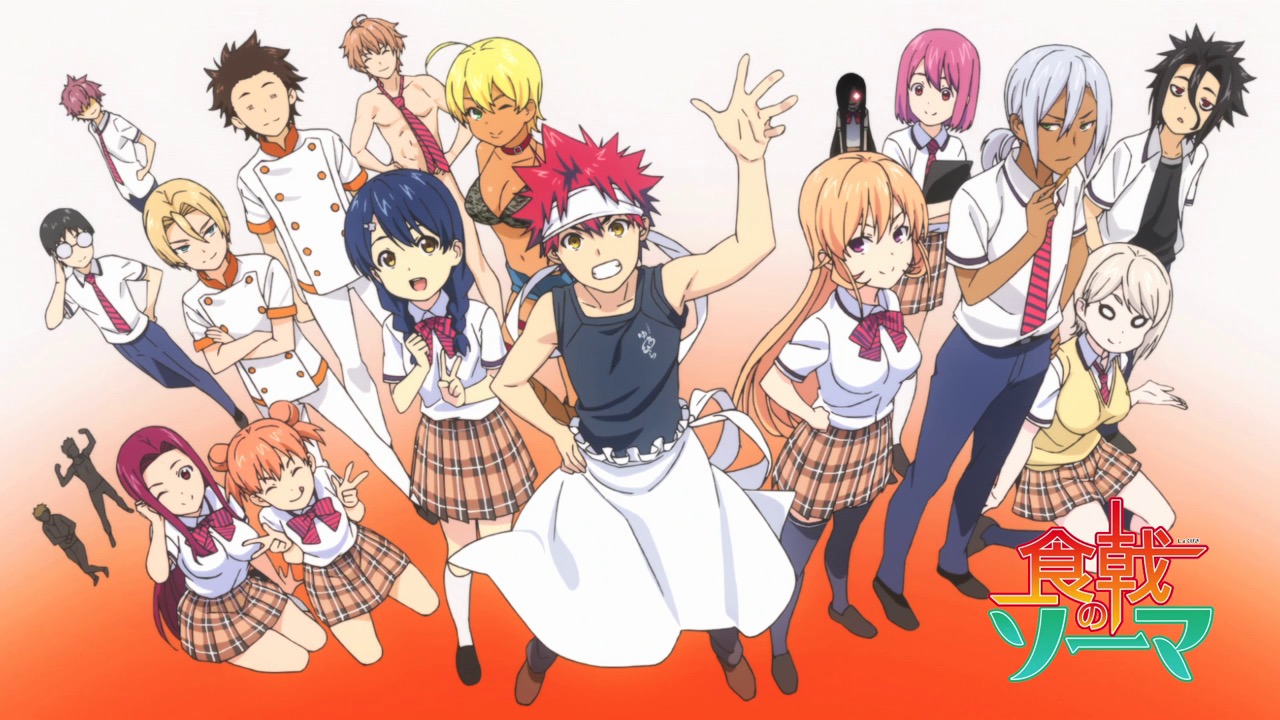
Food Wars!: Shokugeki No Soma serves up a tantalizing twist on the cooking anime genre, showcasing the culinary prowess of its protagonist, Souma Yukihira.
Souma Yukihira reigns supreme, leaving practically no competitor in his wake. Despite honing his skills in his family’s modest diner, Souma effortlessly applies his knowledge of ingredients and customer service to thrive in the esteemed Totsuki Academy.
Here, where culinary excellence is the norm, Souma consistently proves himself as a standout talent.
While Souma does encounter occasional defeats in Shokugekis, his victories far outweigh his losses. Despite lacking the apparent confidence and culinary pedigree of his peers, Souma’s dishes speak for themselves.
With each bite, his diners are compelled to acknowledge his brilliance as a chef, rendering factors like age and background irrelevant in the face of his undeniable talent.
The satisfaction of witnessing a humble diner chef rival trained culinary experts is undeniable. However, as the series progresses, it becomes apparent that Souma’s abilities get him to the status of an overpowered protagonist, challenging the traditional narrative dynamics of the genre.
| MyAnimeList Score: | 7.87/10 |
|---|---|
| Anime-Planet Score & Rank: | 4.17/5 & Rank #224 |
| IMDb Rating: | 8.1/10 |
17. Attack on Titan
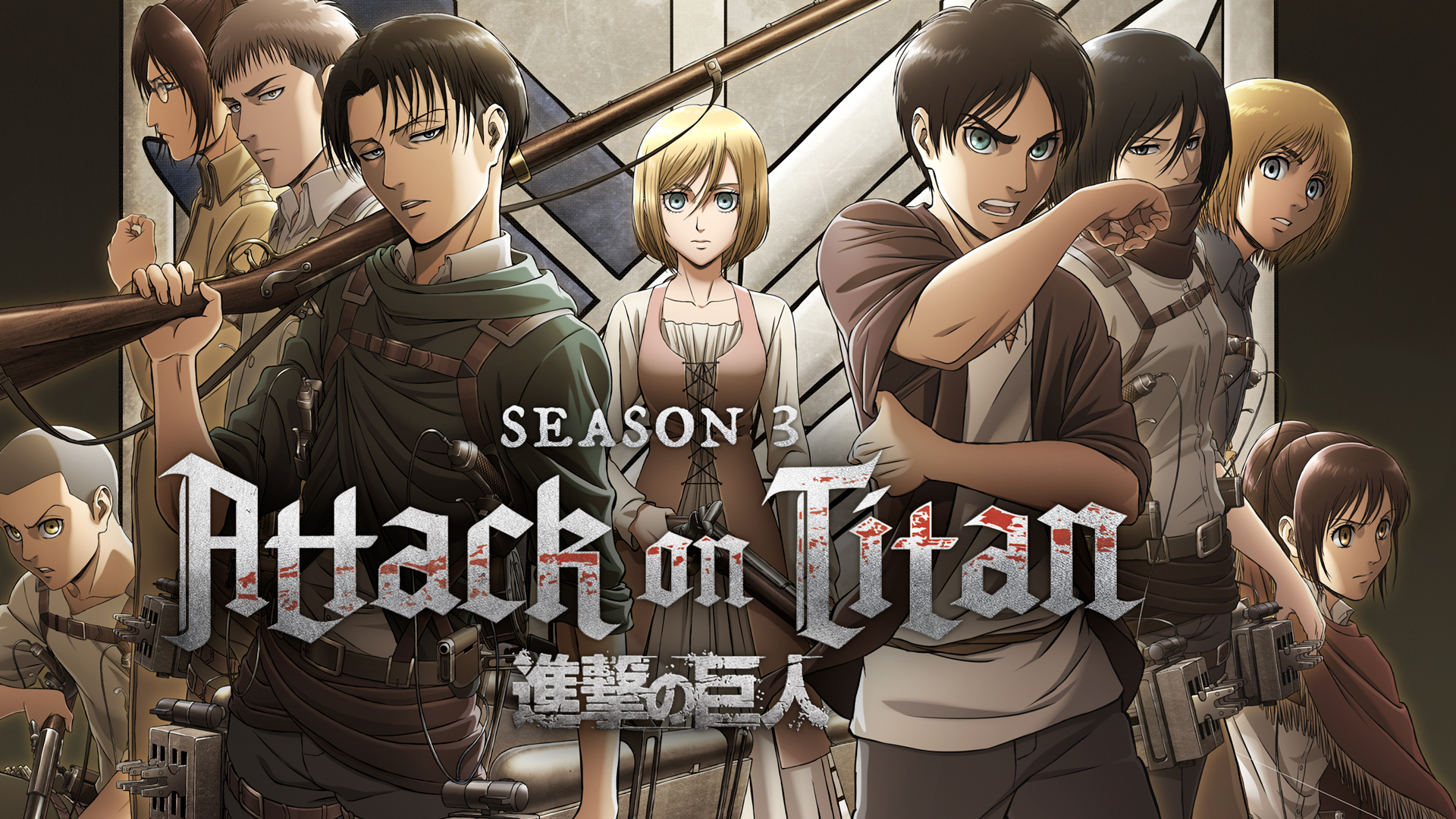
Attack on Titan stands as a gripping narrative that delves into the harrowing realities of war, showcasing the tumultuous struggle between humanity and monstrous Titans
Recently concluding its monumental run, “Attack on Titan” defied expectations, delivering a finale that exceeded even the loftiest of anticipations. Throughout its dark and intense final season, the series masterfully redefines its characters in ways that send shivers down viewers’ spines.
While the focus initially centers on mankind’s relentless battle against the colossal Titans, the revelation that protagonist Eren Jaeger possesses the ability to transform into a Titan adds a shocking twist to the narrative.
As the story unfolds, the boundaries between humanity and monstrosity become increasingly blurred. Eren’s acquisition of apocalyptic power through consuming other Titan shifters only serves to intensify this theme.
His transformation into the Founding Titan and subsequent activation of the devastating Rumbling set the stage for global catastrophe.
Despite the revelation of a hidden purpose behind Eren’s actions, the undeniable truth remains: his unchecked ascent to power irrevocably alters the world, resulting in widespread devastation and population decimation.
| MyAnimeList Score: | 8.70/10 |
|---|---|
| Anime-Planet Score & Rank: | 4.43/5 & Rank #10 |
| IMDb Rating: | 9.1/10 |
16. Sword Art Online
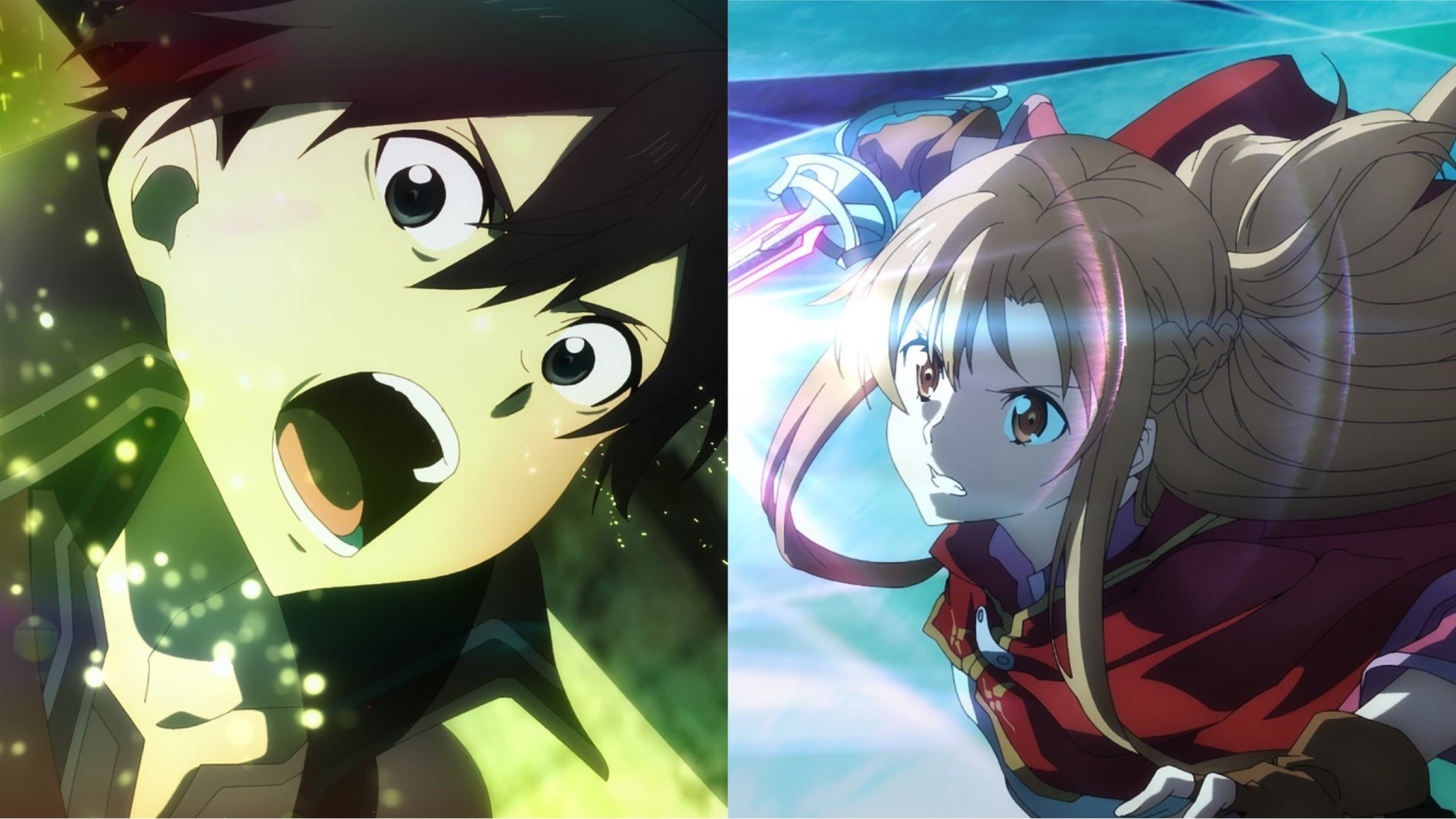
Sword Art Online emerges as a standout isekai series, blending elements of modern MMORPGs with classic storytelling tropes.
Despite its polarizing reputation, “Sword Art Online” remains an iconic entry in the isekai anime genre of this era. While its narrative may adhere to familiar good-versus-evil dynamics within a virtual fantasy realm, the series distinguishes itself through its protagonist, Kazuto Kirigaya, known in-game as “Kirito.”
Kirito’s unparalleled dedication to his craft sees him ascend to levels beyond imagination, effortlessly outmatching his peers within Sword Art Online.
While it’s common for MMORPG-themed anime to feature overpowered main characters, “Sword Art Online” embraces this trope while also offering playful subversions. Indeed, the influence of Kirito’s heroic journey extends beyond the series itself, serving as a catalyst for similar narratives such as “Solo Leveling.”
In essence, “Sword Art Online” stands as a top-tier isekai series that has left an indelible mark on the genre, paving the way for future iterations to follow.
15. Assassination Classroom

“Assassination Classroom” thrusts a motley crew of delinquent students into a high-stakes battle against their otherworldly educator. At the heart of the series is Nagisa Shiota, a student who may not excel academically but possesses an innate talent for the art of assassination.
Despite his unassuming appearance and lack of physical prowess, Nagisa’s keen intellect and ruthless determination make him a formidable adversary. Many adversaries, including some of his own classmates, find themselves intimidated by Nagisa’s hidden bloodlust, underestimating him to their detriment.
Nagisa’s slender frame and unassuming demeanor serve as the perfect camouflage, allowing him to stealthily approach his targets with lethal precision. His ability to strike at precisely the right moment proves to be a game-changer.
As the series unfolds, Nagisa’s evolution from an ordinary middle-schooler to a skilled killer defies expectations, surprising even his enigmatic teacher, Koro-Sensei, with his remarkable abilities.
Despite the initial improbability of such prowess in someone so young, Nagisa’s journey serves as a testament to the unexpected depths within each individual.
14. Kakegurui
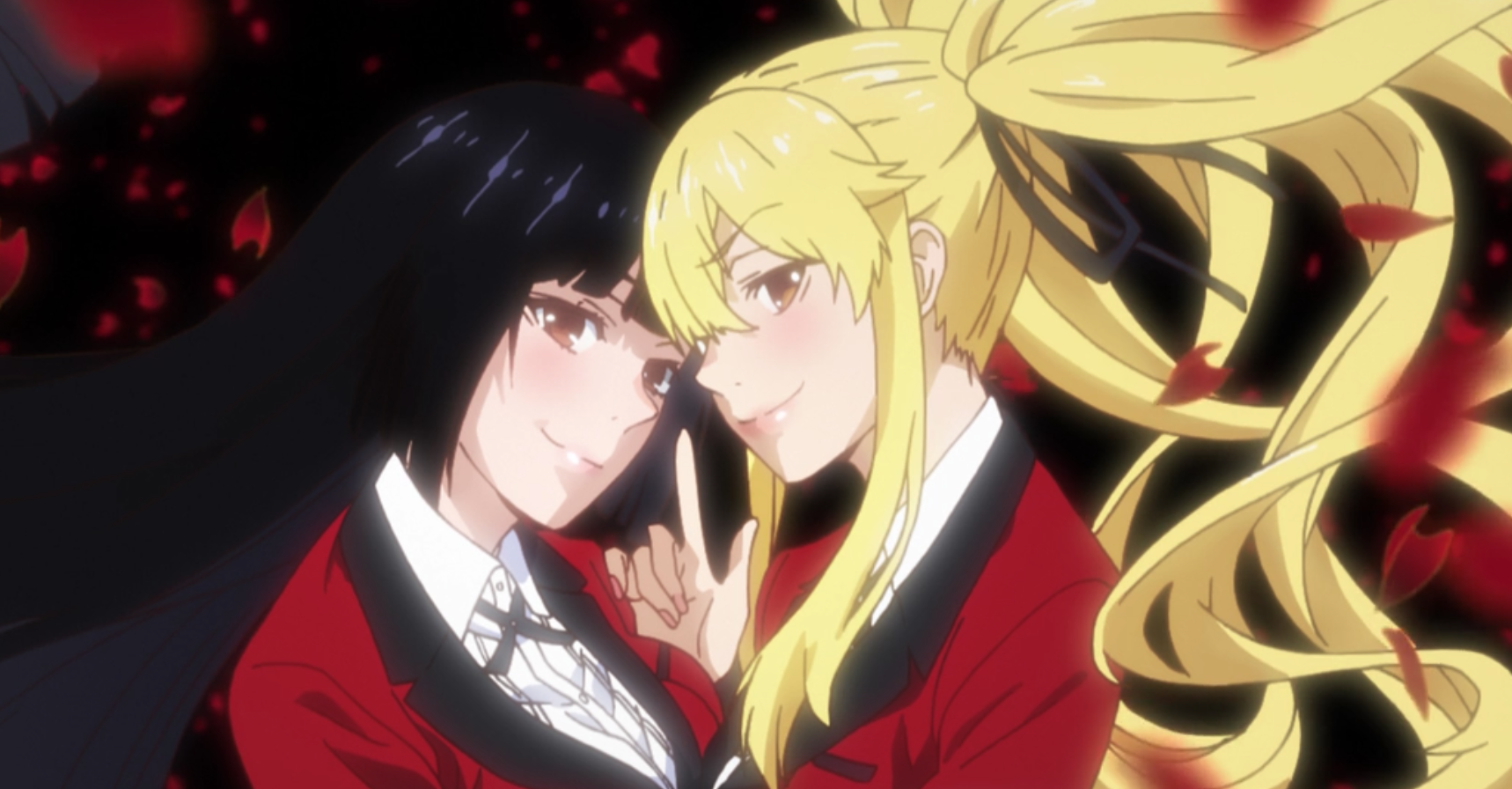
“Kakegurui” transforms a prestigious boarding school into a high-stakes gambling den, where the thrill of chance reigns supreme.
While devoid of physical violence, Hyakkaou Private Academy operates under a rigid hierarchy fueled by the power dynamics of gambling. Here, the majority of students are consumed by the exhilaration of risking it all in games of chance, forsaking their own well-being in pursuit of dominance.
Enter Yumeko Jabami, a newcomer to Hyakkaou who swiftly immerses herself in the school’s rigged competitions.
In a genre known for its death games, “Kakegurui” pushes the boundaries to terrifying new heights, with Yumeko standing as an unwavering force against the odds. Despite facing rigged challenges designed to defeat her, Yumeko emerges victorious time and again, showcasing an unwavering resolve that grabs viewers.
It’s in these moments of heightened tension that Yumeko’s exaggerated persona shines brightest, elevating “Kakegurui” to its peak. As she finds the treacherous world of high-stakes gambling, Yumeko’s indomitable spirit serves as the driving force behind the series’ exhilarating narrative.
13. Code Geass
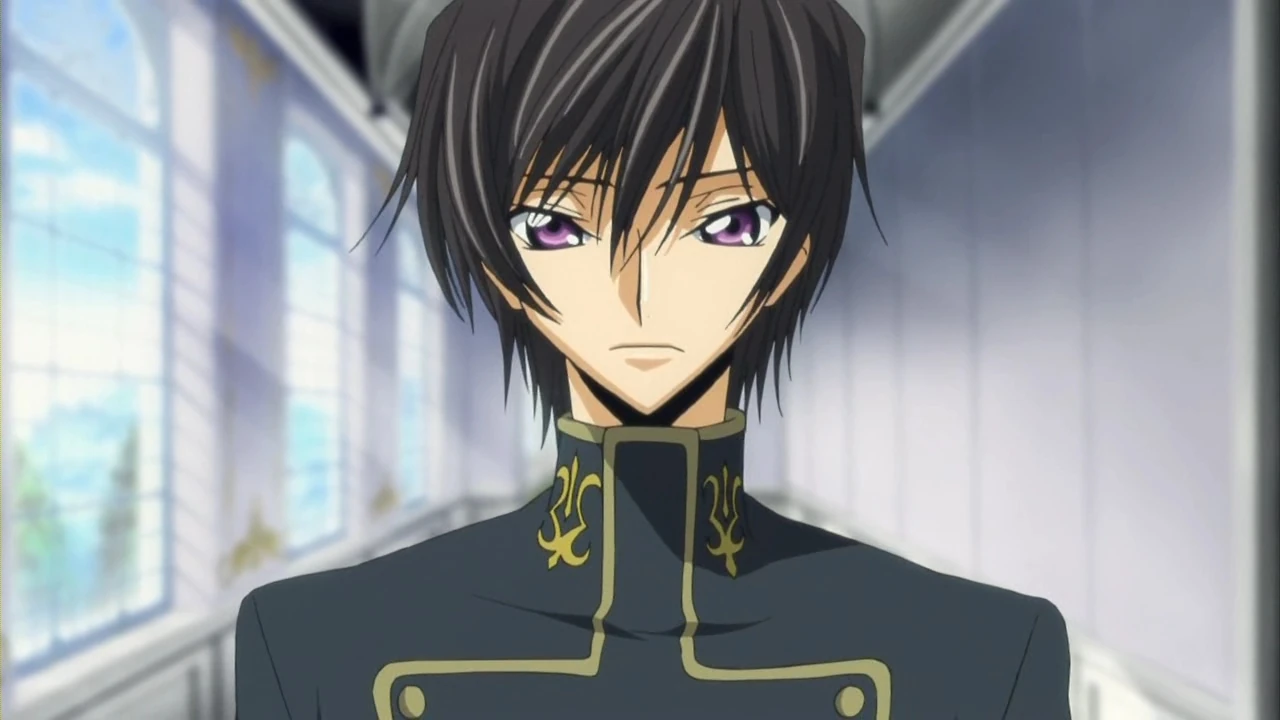
“Code Geass” seamlessly blends mecha action with intricate political maneuvering, resembling a high-stakes game of chess more than a conventional battle for freedom.
At its core, the series revolves around Lelouch Lamperouge, a protagonist who straddles the line between hero and anti-hero as he harnesses the formidable “power of absolute obedience.” While this ability may seem straightforward, Lelouch demonstrates the devastating potential of manipulation when wielded with cunning precision.
Utilizing his charisma and strategic prowess, Lelouch orchestrates a rebellion against the oppressive Britannia Empire, commanding a formidable army of mechas. His power remains unquestionable throughout, instilling a sense of dread as viewers witness the extent of his influence.
However, the true tension of “Code Geass” lies not in Lelouch’s abilities, but in the moral quandaries he faces. As the series progresses, the looming question becomes whether Lelouch will succumb to corruption and lose himself in his quest for vengeance.
It’s this gripping uncertainty that propels the narrative forward, keeping viewers on the edge of their seats until the somber conclusion of this mecha epic.
12. Hunter x Hunter

“Hunter x Hunter” stands out as a remarkable shonen series that defies the conventions of repetitive storytelling.
Despite not always receiving the same level of recognition as its counterparts like Dragon Ball, Naruto, or One Piece, “Hunter x Hunter” boasts a consistency that sets it apart. Unlike many lengthy anime, it finds its narrative without succumbing to extraneous filler, maintaining a focused and engaging storyline throughout.
At the center of the series is Gon Freecss, a character with modest aspirations of finding his missing hunter father. However, his journey leads him into encounters with both allies and adversaries, each more formidable than the last.
Gon’s initially juvenile innocence belies his true potential, and as the series progresses, he evolves into a character capable of extraordinary feats. What sets “Hunter x Hunter” apart is the organic nature of Gon’s development into an overpowered main character; his achievements feel earned rather than contrived, ensuring that the narrative retains its integrity and fairness.
11. Mob Psycho 100
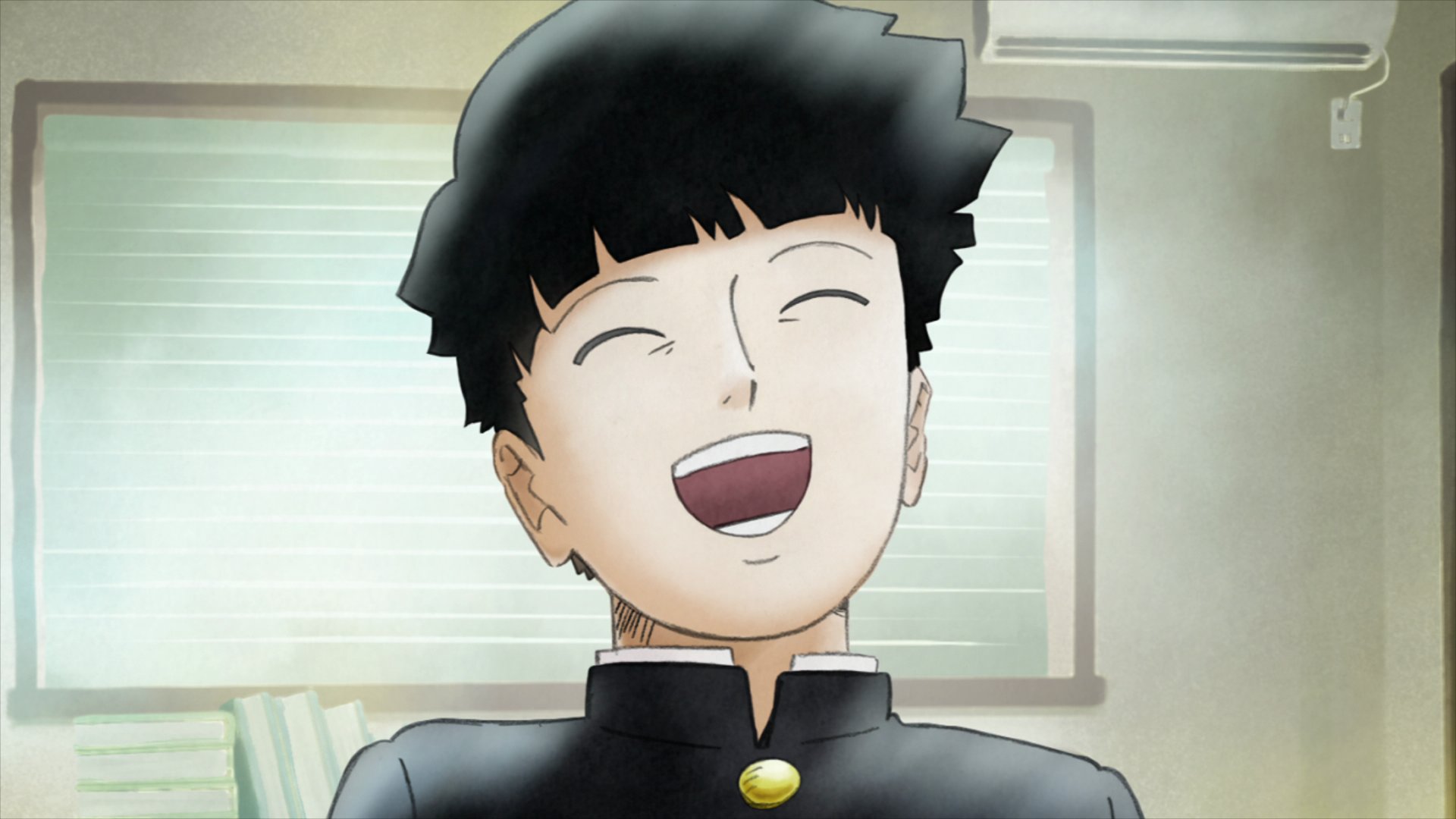
“Mob Psycho 100” showcases extraordinary displays of ESP power through its protagonist, Shigeo Kageyama, affectionately known as Mob.
What sets Mob apart is his reluctance to embrace his immense psychic abilities. He views his powers not as a gift, but as a burden, and only resorts to using them when pushed beyond his limits.
Despite being a natural esper with the potential to unleash devastating psychic forces capable of leveling entire surface, Mob consciously suppresses these urges.
Throughout the series, Mob’s internal struggle with his powers unfolds, as reflected by a running counter that measures his escalating psychic potential. Across three seasons, “Mob Psycho 100” intricately deconstructs Mob’s complex relationship with his abilities, highlighting his desire for a normal life and meaningful connections over the allure of power.
What truly defines Mob is his humility and modesty in the face of overwhelming strength. Despite possessing the potential to reshape the world, all Mob desires is a simple existence and genuine friendships.
It’s this innate humility that makes Mob a compelling and endearing character, elevating “Mob Psycho 100” beyond mere displays of supernatural prowess.
10. Trigun

“Trigun” plunges viewers into a vibrant world teeming with bold and relentless bounty hunters, all within the realm of ’90s action anime.
At its core is Vash the Stampede, a protagonist who exudes both incredible coolness and overwhelming power. As a legendary outlaw and gunslinger, Vash carries a bounty on his head so absurdly large it borders on comical. Despite his unparalleled skills, Vash harbors a deep-seated desire for pacifism, rejecting violence at every turn.
However, when pushed to his limits, Vash’s latent powers emerge, revealing the formidable weapons suppressed within his body. Among these, his Angel Arms stand out as the most devastating, often spelling doom for those unfortunate enough to face him.
In the 2023 reboot “Trigun Stampede,” Vash’s powers take a new direction. Though lacking his original series’ Angel Arms, he gains the ability to summon a black hole, a force even more cataclysmic in its destructive potential.
This shift in Vash’s abilities adds a fresh dynamic to the series, offering audiences a renewed perspective on his character and the world he inhabits.
Whether wielding Angel Arms or conjuring black holes, Vash remains an iconic figure in the annals of anime, grabbing viewers with his enigmatic demeanor and unwavering commitment to peace in a world rife with chaos.
9. The God of High School
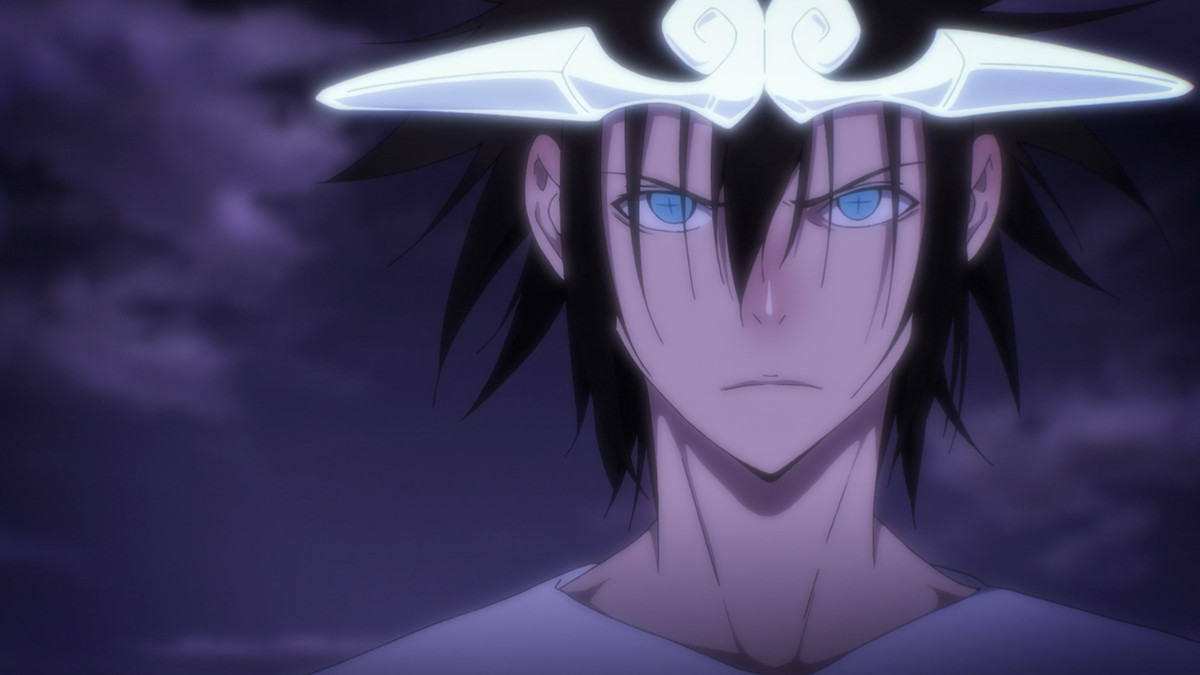
“The God of High School” anime offers fans a thrilling sneak peek into the martial arts mastery of Jin Mori, albeit with only a single season currently available. For those who get into the source material manhwa, Jin Mori’s journey extends further as he ascends to godhood, claiming his birthright as Sun Wukong, the Supreme God.
At the onset, “The God of High School” introduces Jin Mori as an exuberant teenager, blissfully unaware of the potent legacy of power coursing within him. The central tournament of the series gathers a diverse array of formidable fighters, each proficient in their own unique martial arts styles, and all lethal in their own right.
Even in his nascent state, Jin Mori effortlessly dominates his opponents in the titular God of High School tournament, showcasing his innate strength and resilience. It becomes evident that Jin Mori is forged from sterner stuff, his victory foreshadowing his inevitable ascent to greatness.
With a palpable sense of destiny surrounding him, Jin Mori stands poised to emerge victorious and claim his rightful place at the pinnacle of martial arts mastery. As the series unfolds, viewers are left eagerly anticipating the thrilling heights to which Jin Mori’s journey will ultimately lead.
8. Haven’t You Heard? I’m Sakamoto
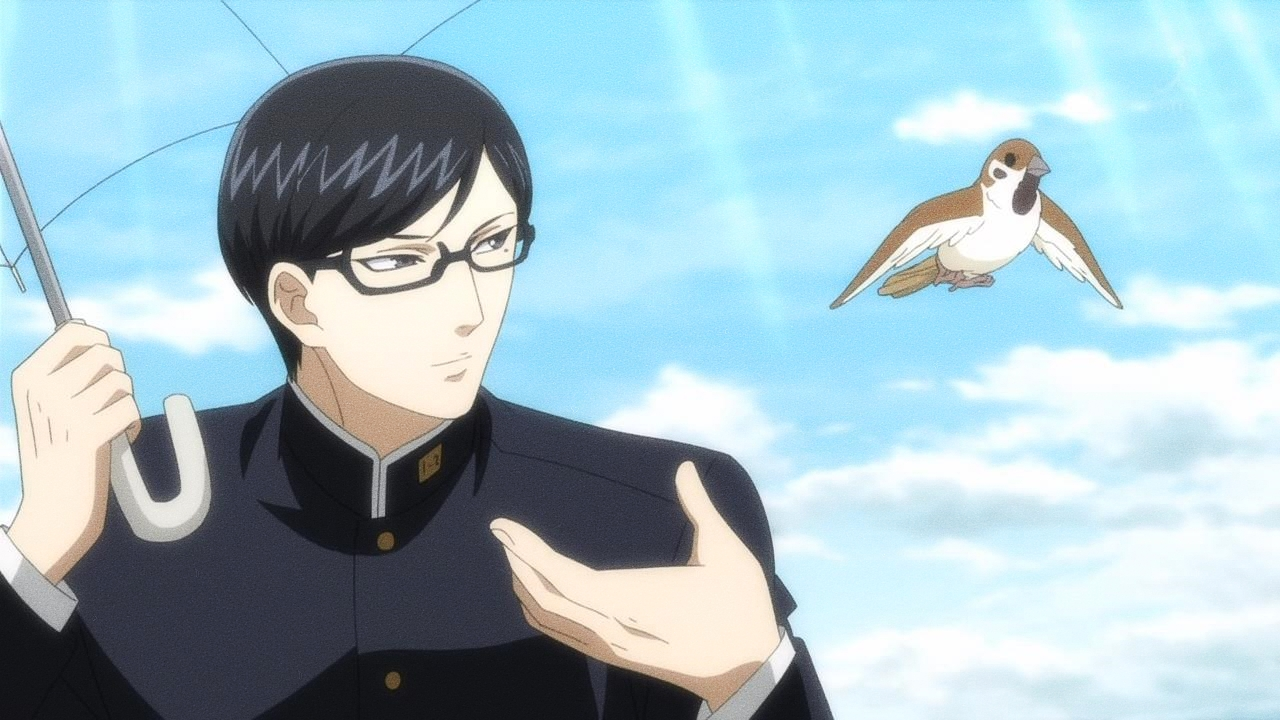
“Haven’t You Heard? I’m Sakamoto” offers a refreshing twist on absurdist comedy, diverging from the typical battle shonen genre prevalent in anime featuring overpowered protagonists.
In this uproarious series, Sakamoto’s arrival at a new high school introduces a level of perfection that defies conventional norms.
Gifted with unparalleled prowess in every imaginable area, Sakamoto becomes the envy of his peers, who continually attempt to undermine him. Despite their efforts, Sakamoto effortlessly finds every challenge, transforming adversaries into allies along the way.
Sakamoto’s ability to consistently emerge unscathed only adds to his mystique, drawing others into his orbit and cultivating an ever-expanding circle of admirers. While the final episode provides some insight into Sakamoto’s infallible success, the true allure of his character lies in the enigmatic charm that grab audiences from start to finish.
Whether it’s through his unmatched skills or his unwavering charisma, Sakamoto stands as an entertaining and unbeatable main character, ensuring that “Haven’t You Heard? I’m Sakamoto” remains a delightful and unforgettable comedy experience.
7. Jujutsu Kaisen
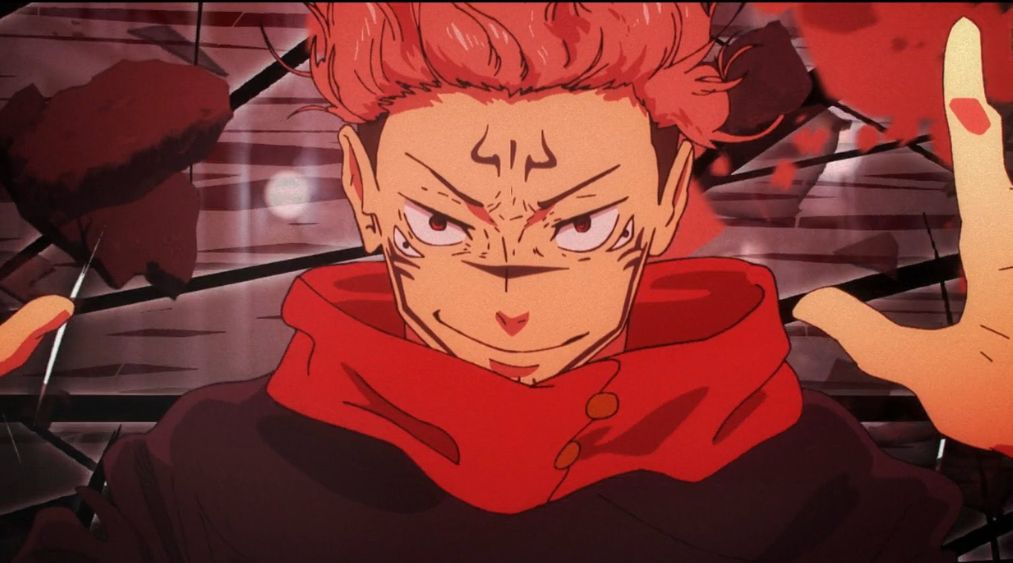
“Jujutsu Kaisen” unfolds an epic conflict between sorcerers and curses, with protagonist Yuji Itadori at the forefront. Yuji’s impulsive nature lends him a unique edge in combat, as he fearlessly plunges into danger without hesitation.
While this approach may not always be strategic, Yuji’s willingness to confront adversity head-on showcases his prowess as a fighter. Despite his impulsive tendencies, Yuji surprisingly adapts quickly to the world of Jujutsu Sorcery, emerging as a prophetic figure in the process.
Even after consuming one of the evil Ryomen Sukuna’s fingers, Yuji not only survives but also demonstrates exceptional strength by containing Sukuna within his own body.
His possession of one of the most potent Cursed Techniques, the Divergent Fist and Black Flash, further cements his status as a formidable combatant. As Yuji gains battle experience and forms alliances, his already overpowered abilities become even more formidable.
Throughout “Jujutsu Kaisen,” Yuji’s journey is marked by growth and development, as he finds the treacherous world of sorcery while forging powerful bonds with his allies.
With each victory, Yuji’s strength and resolve are further reinforced, propelling him toward greater heights of power and significance in the ongoing war against curses.
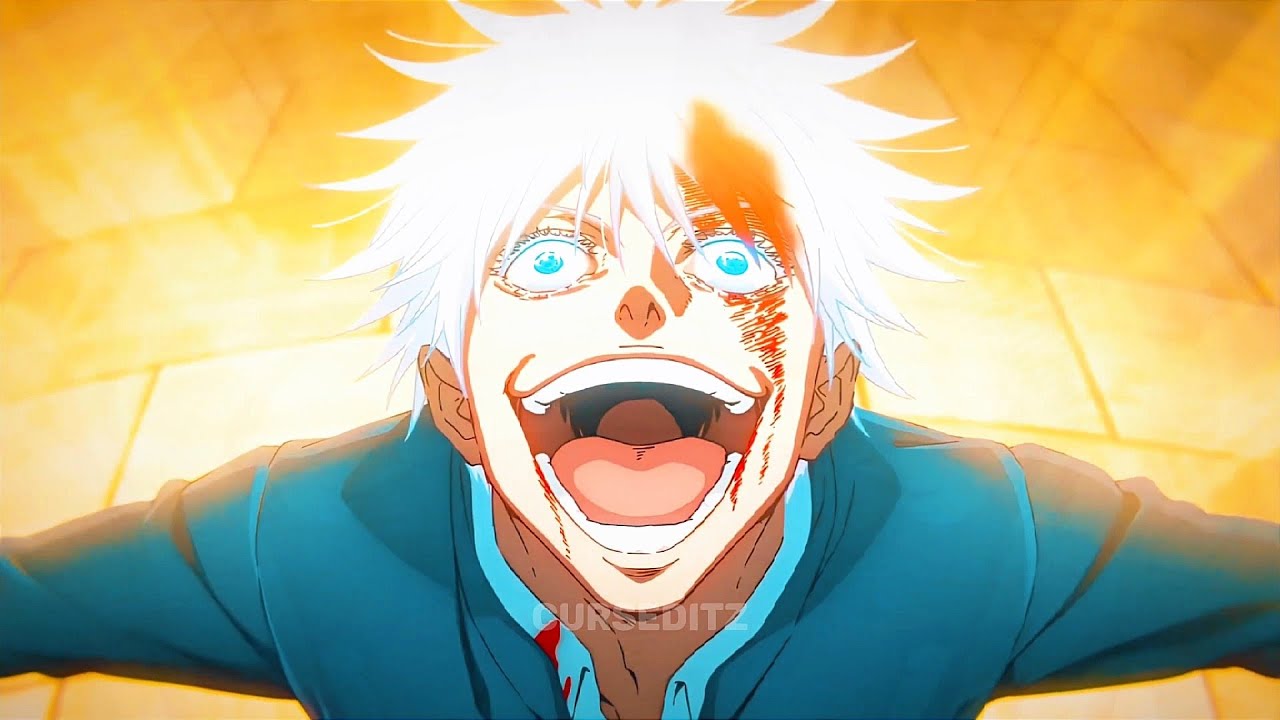
Jujutsu Kaisen, the supernatural action series by Gege Akutami, crashes into the shounen genre like a cursed meteor—grim, relentless, and emotionally raw. Set in a world where cursed energy gives birth to monstrous spirits, it offers a refreshing mix of brutal combat, philosophical weight, and deep character trauma. Its pacing is merciless, its themes are heavy, and yet, its execution is surgically precise and unforgettable.
At the core is Yuji Itadori, a teenager who lives by a simple belief: people should die a proper death. His normal life shatters when he swallows a cursed object—one of Sukuna’s fingers—and becomes the vessel for Ryomen Sukuna, the most feared curse in history. This act seals Yuji’s fate: he must find and consume all of Sukuna’s fingers, then be executed. From the jump, Jujutsu Kaisen establishes that nothing is safe—not even its protagonist.
Yuji isn’t driven by vengeance or dreams of power. His motivation is startlingly humane—he wants to help others avoid meaningless deaths. That emotional core makes his journey compelling, especially as he’s thrust into a brutal world of jujutsu sorcerers and cursed spirits. He trains under Satoru Gojo, the most powerful and enigmatic sorcerer alive, and joins Tokyo Jujutsu High alongside Megumi Fushiguro and Nobara Kugisaki—two warriors with their own burdens.
The series doesn’t waste time sugarcoating its world. Every fight has consequences. Death is frequent, gruesome, and emotionally charged. Characters are tested not just physically but morally. Battles are strategy-driven and messy, often ending in trauma rather than triumph. This commitment to consequence gives the show a weight that most shounen series flirt with but rarely maintain for long.
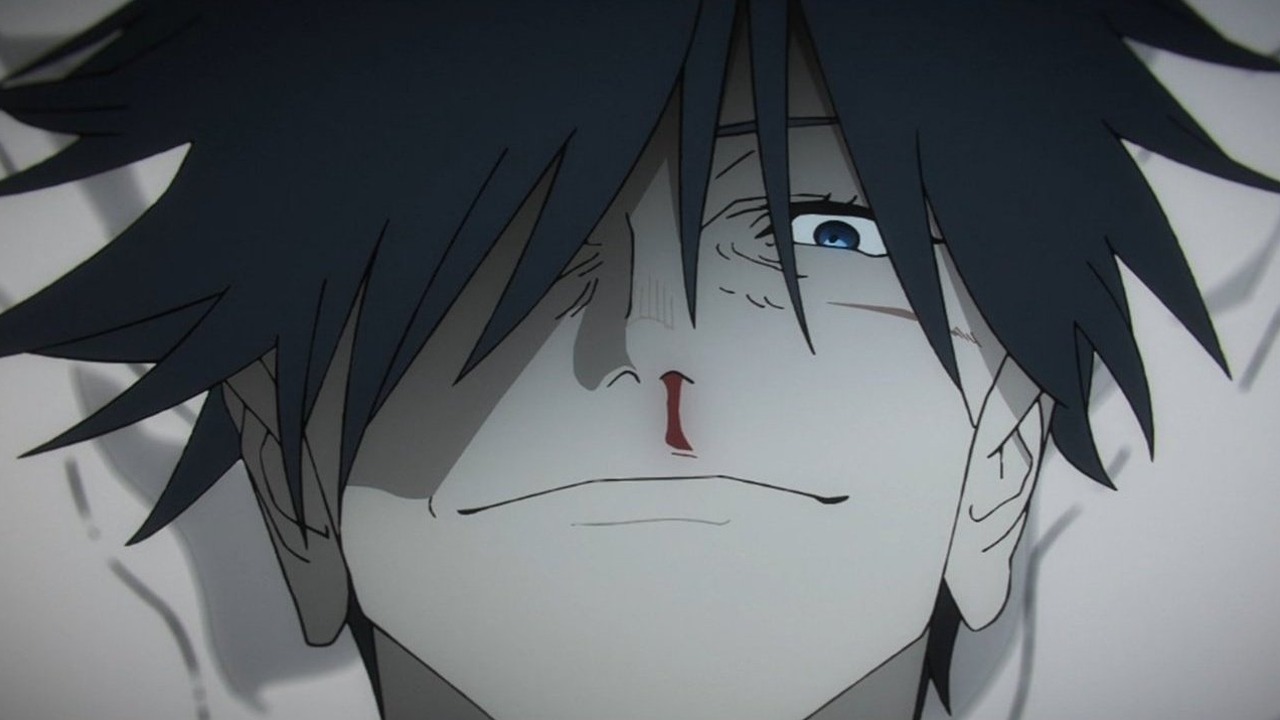
Jujutsu Kaisen also refuses to play by safe rules. It kills fan-favorite characters, lets villains win arcs, and explores themes like grief, self-worth, and nihilism without flinching. Even side characters are fully fleshed out—whether it’s the stoic Nanami, the tragic Junpei, or the principled Maki. Every person matters, even if the world insists they don’t. That underlying defiance becomes the series’ emotional engine.
Animation is handled masterfully by MAPPA, with choreography that feels sharp, grounded, and violent. Fights aren’t just about flashy moves—they’re built on tension, unpredictability, and raw emotion. The cursed techniques are complex but well-explained, giving each battle a tactical edge. Domain Expansions—personal arenas where rules are bent to favor the user—are jaw-dropping showcases of power, strategy, and cinematic flair.
The show’s aesthetic leans gritty and urban. Instead of bright landscapes, we get dim alleyways, train stations, hospitals—modern settings that reinforce the ever-present nature of curses. The darkness feels lived-in, not theatrical. Combined with a moody score and sharp visual direction, the tone remains consistently intense without being exhausting. It’s stylish, but never hollow.
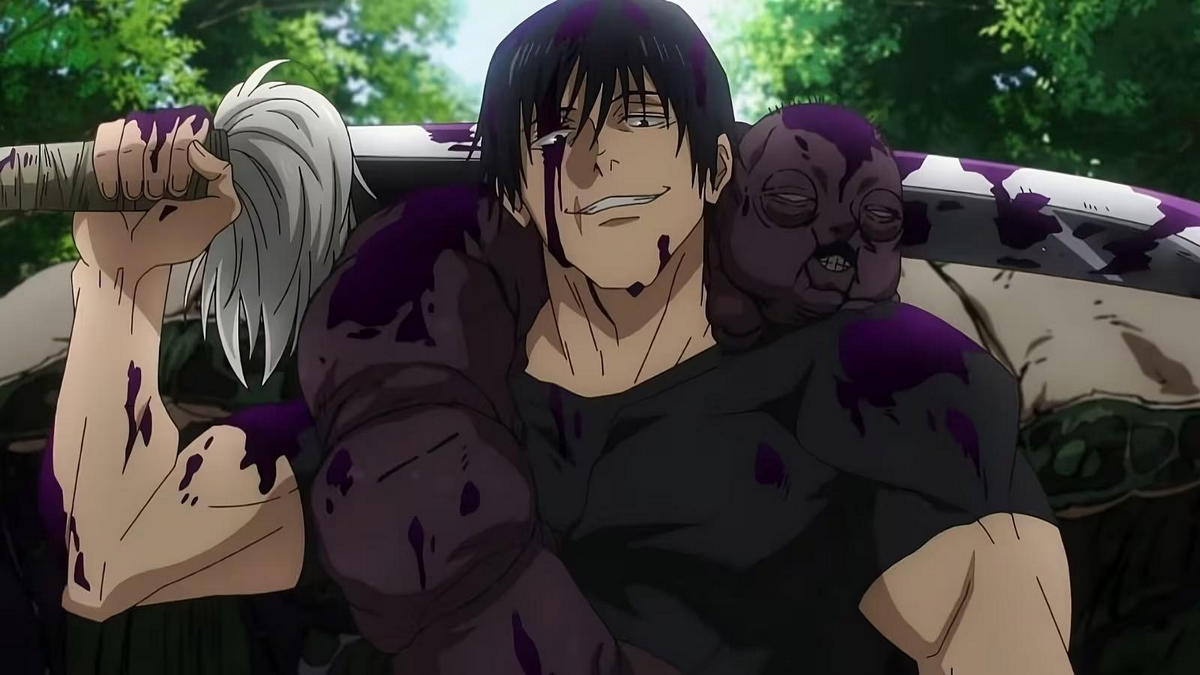
What makes Jujutsu Kaisen truly stand out is its moral ambiguity. Yuji doesn’t just punch his way through problems. He’s forced to question if saving everyone is even possible—or if he’s just postponing inevitable tragedies. Gojo, while insanely powerful, is emotionally flawed and burdened by guilt. Even villains like Mahito and Geto believe they’re cleansing the world. The show doesn’t offer easy answers—only hard choices.
Nobara deserves special praise for breaking shounen’s tired mold of underwritten female characters. She’s brutal, self-assured, and emotionally grounded. Her last stand in the battle with Mahito isn’t just a highlight—it’s a declaration. She fights not to be useful, but because she knows her own worth. And like the best characters in this series, her strength lies in her identity, not her abilities alone.
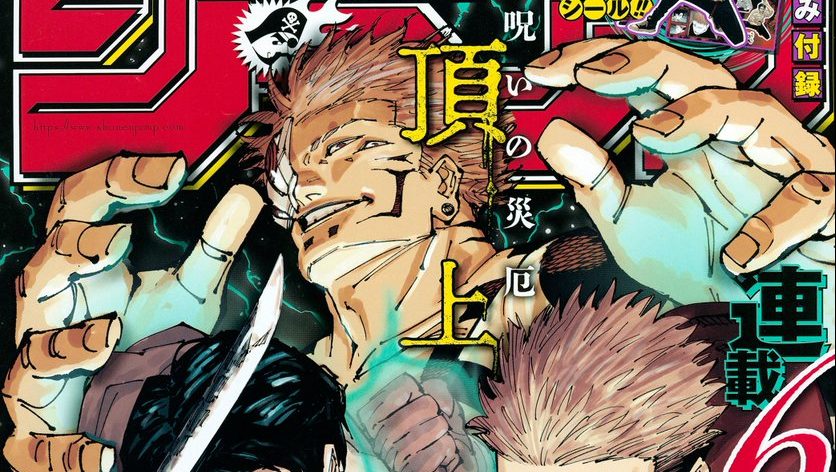
Megumi, too, is a slow-burn favorite. Quiet, brooding, and loyal to a fault, his growth across the series is subtle but powerful. His domain expansion moment is a culmination of inner turmoil and raw potential. He represents the show’s recurring question: what does it mean to be strong when your heart is always at war with itself?
As Jujutsu Kaisen expands into arcs like Shibuya Incident and Culling Game, the tone grows even darker. Cities fall. Icons die. The narrative refuses to let comfort settle in. But instead of alienating viewers, it challenges them. It says: if life is filled with suffering, then what you choose to protect matters even more. That pain becomes the catalyst for courage.

Jujutsu Kaisen isn’t just about exorcising curses—it’s about confronting the ones we carry. The show doesn’t promise salvation. Instead, it honors the struggle. Yuji, Gojo, Megumi, and Nobara aren’t trying to change the world—they’re trying to survive it while staying human. And in a genre filled with endless battles, that kind of emotional honesty is rare.
It’s not just one of the best new-gen anime—it’s a raw, beautiful gut punch that sticks with you. In every scream, strike, and sacrifice, Jujutsu Kaisen asks: what are you willing to bear, just to give someone else a chance at life?
6. My Hero Academia

“My Hero Academia” delves into a vibrant world of heightened heroism, showcasing a society where individuals possess creative and diverse Quirks.
In the anime’s opening episode, protagonist Izuku Midoriya boldly declares his ambition to become the world’s greatest hero, setting the stage for an epic journey of self-discovery and growth.
Beginning as a Quirkless child, Midoriya faces numerous challenges on his path to greatness. However, under the guidance of his mentor, All Might, he gradually evolves into the successor of the revered One For All Quirk.
One For All, a game-changing Quirk in its own right, grants Midoriya incredible power. As the series progresses, he gains access to additional Quirks from past One For All vestiges, further enhancing his abilities.
With each new power, Midoriya becomes increasingly formidable, ultimately positioning himself as the only hero capable of confronting the villainous All For One.
In the sixth season of “My Hero Academia,” Midoriya’s evolution reaches new heights as he seamlessly cycles through a diverse array of powers, each uniquely suited to the challenges he faces. By harnessing the strength of past One For All bearers, Midoriya not only honors their legacy but also demonstrates the boundless potential of heroism in society.
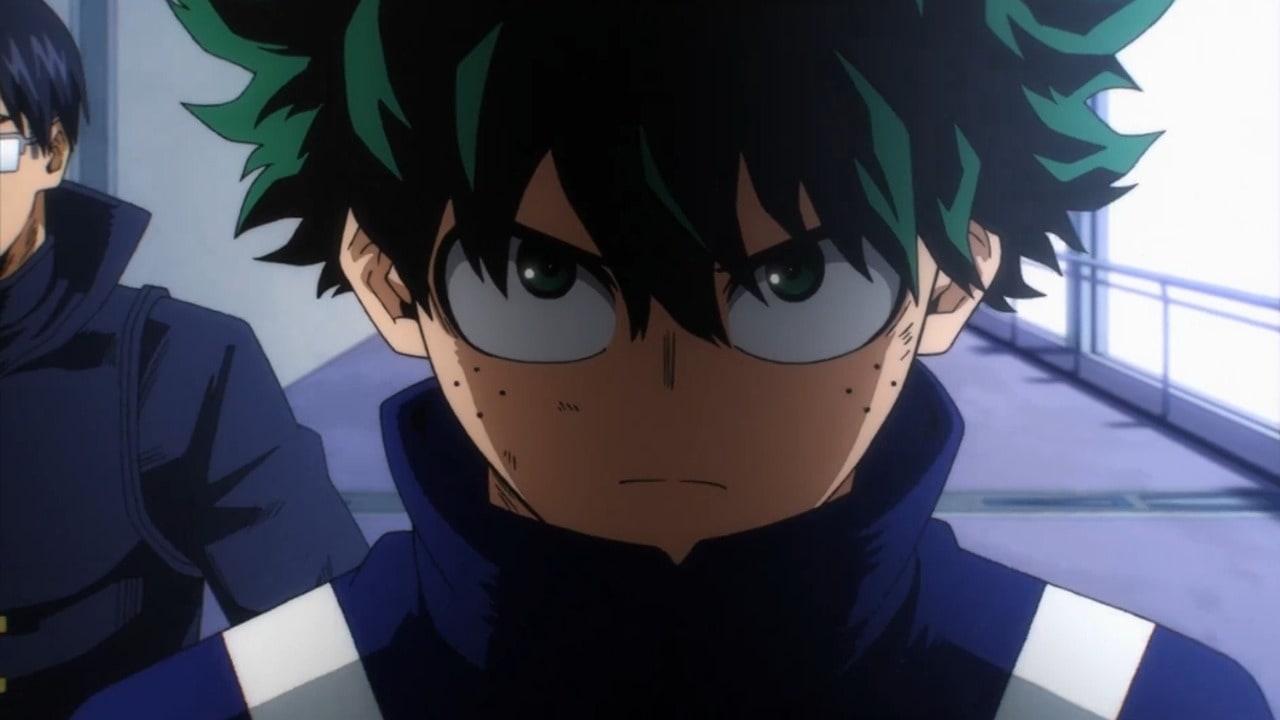
As Midoriya continues to inspire hope and courage, “My Hero Academia” underscores the message that with determination and perseverance, anything is possible.
My Hero Academia, or Boku no Hero Academia, is Kohei Horikoshi’s modern shounen juggernaut that reimagines a world dominated by superpowers—known here as Quirks. With nearly 80% of the global population gifted with abilities, society has morphed into a structured hero system, complete with rankings, academies, and high-stakes crime fighting. At the center of this sprawling universe is Izuku Midoriya, a powerless boy born into a superpowered age.
Midoriya’s journey from underdog to symbol of hope is what gives the series its emotional heartbeat. As a child, he idolizes the number one hero, All Might, despite being one of the few born without a Quirk. His desperation and drive to be heroic despite having nothing makes him instantly sympathetic. The twist comes when All Might, moved by Midoriya’s courage, chooses him as his successor and bestows upon him the legendary Quirk, One For All.
From the moment Midoriya inherits his power, the tone of the series shifts from hopelessness to intense personal growth. He’s not a natural prodigy like his rival Katsuki Bakugo or the cold genius Shoto Todoroki. Every moment of his development is earned through sweat, setbacks, and sacrifice. Watching him learn to control his borrowed strength, one shattered limb at a time, becomes one of the show’s most compelling narratives.
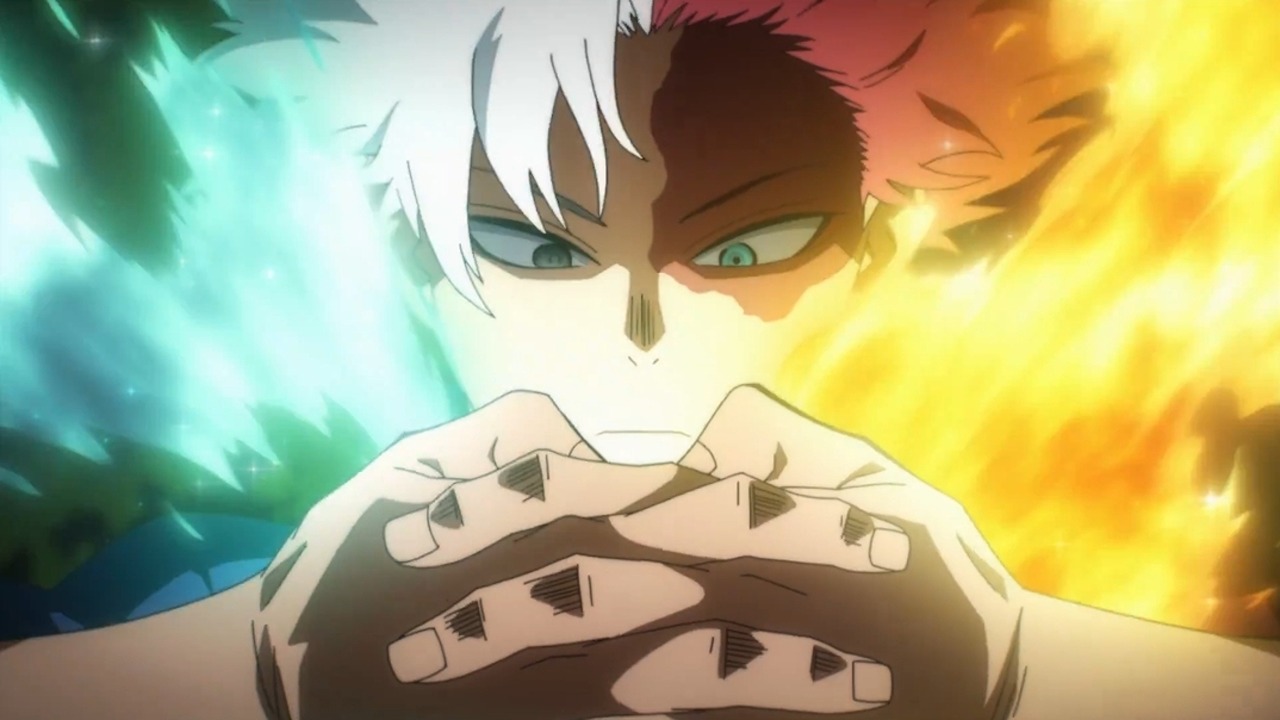
UA High School, the elite institution where young heroes are trained, serves as the main setting and introduces an ensemble cast that evolves with each arc. Each student in Class 1-A has a unique Quirk and personality—ranging from the explosive Bakugo to the gravity-defying Uraraka. The diversity of powers leads to dynamic battles and creative training scenes that avoid the formulaic power-scaling seen in other series.
The core theme of My Hero Academia is not just strength, but responsibility. All Might’s motto—”I am here”—represents more than bravado. It’s the burden of being a symbol, of standing tall when others falter. Midoriya inherits that pressure, and the story becomes about the emotional and physical toll of leadership. Being a hero, the show argues, isn’t about winning—it’s about standing up even when you’re broken.
Villains are far from caricatures. Characters like Tomura Shigaraki and Stain are twisted by trauma and ideals, offering a harsh mirror to society’s obsession with fame and perfection. The League of Villains isn’t just out to destroy the world—they’re challenging the legitimacy of the hero structure itself. That moral complexity deepens the conflict and gives rise to arcs that feel relevant in today’s fame-driven culture.
Animation plays a huge role in elevating My Hero Academia’s impact. Studio Bones delivers fluid, energetic sequences that highlight both the emotional and explosive aspects of every confrontation. Fights like Midoriya vs. Todoroki or All Might vs. All For One are not just spectacles—they’re cathartic moments of revelation, pain, and resolve. The visual storytelling underscores how battles are as much about ideology as they are about punches.
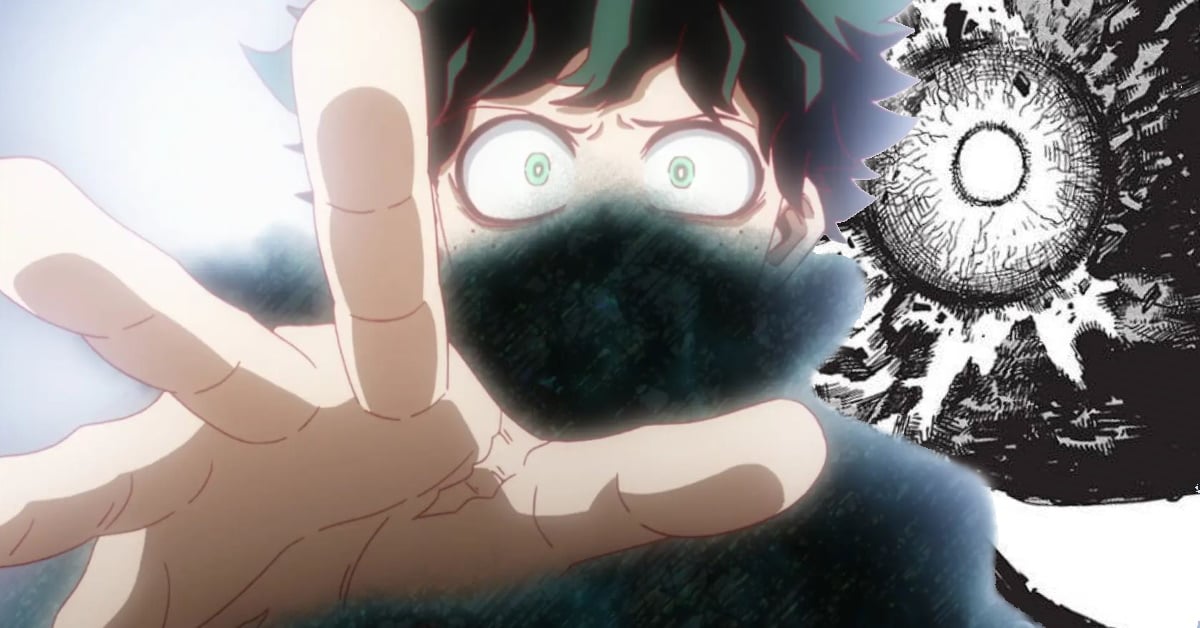
Music amplifies the experience. The soundtrack swells with heroic intensity during big moments, while quieter, piano-driven tracks underline Midoriya’s inner doubts. The opening themes, especially songs like “The Day” and “Peace Sign,” are anthems of youthful determination, instantly recognizable and emotionally charged. Each track enhances the tension and triumph embedded in the story’s most pivotal beats.
What keeps My Hero Academia grounded is its balance between world-shaking events and personal moments. Scenes of dorm life, internships, and family interactions humanize the cast. We see Midoriya’s struggles with his mother, Todoroki’s fractured home life, and Bakugo’s silent battle with guilt and pride. These character layers prevent the series from spiraling into nonstop combat and remind viewers why these kids fight in the first place.
As the stakes rise, the story doesn’t shy away from loss or consequence. The hero world starts to crumble under its own weight. Heroes retire, students are pushed to their limits, and society begins to question what it even means to be protected. Midoriya, once a bright-eyed idealist, begins walking a darker path, bearing the hopes of others while hiding the toll it takes on him.
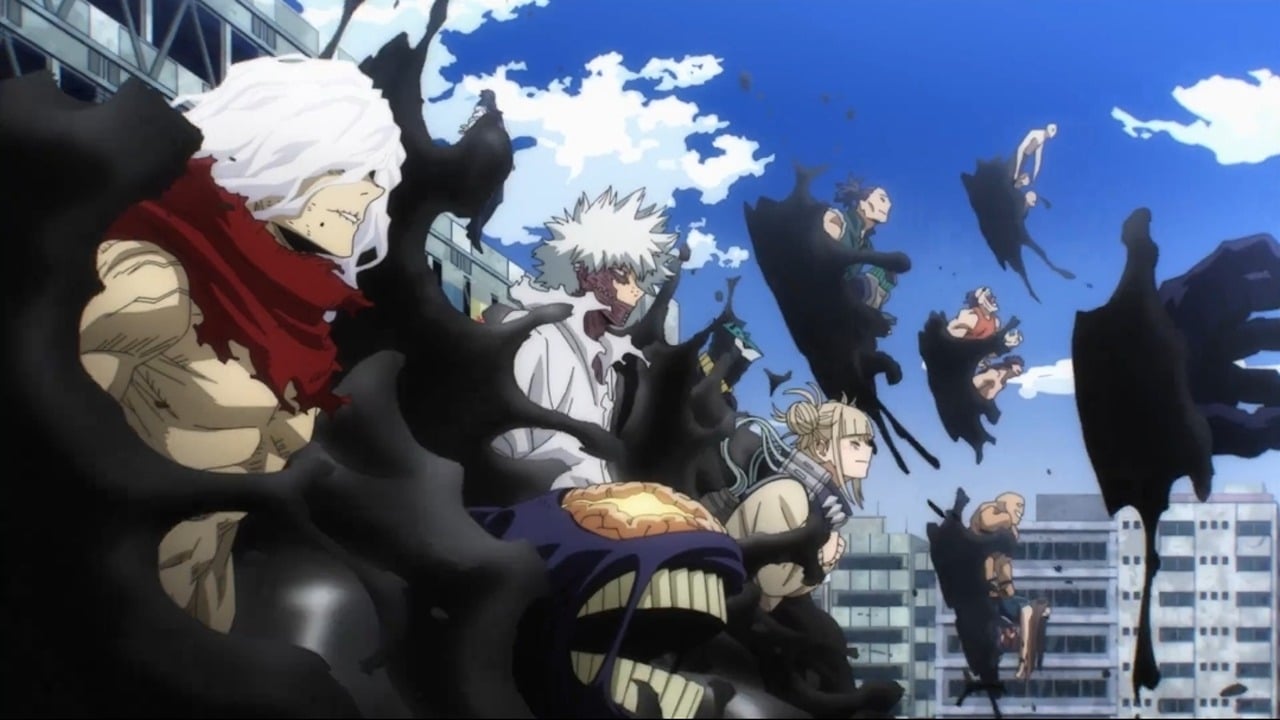
Yet, through all the chaos, the heart of My Hero Academia remains constant: hope. It’s about the next generation rising when the old guard falls. It’s about being the kind of hero who helps not for glory, but because it’s the right thing to do. Midoriya’s path is messy, painful, and full of fear—but it’s also inspiring. He’s not the strongest, the smartest, or the most confident. He’s just the one who refuses to give up.
My Hero Academia isn’t redefining shounen—it’s refining it. It blends heartfelt storytelling, ethical nuance, and explosive action into a saga that feels deeply personal and universally grand. As the world teeters between order and chaos, Midoriya keeps marching forward—one injury, one lesson, one fight at a time—toward the symbol he was always meant to become.
5. One-Punch Man
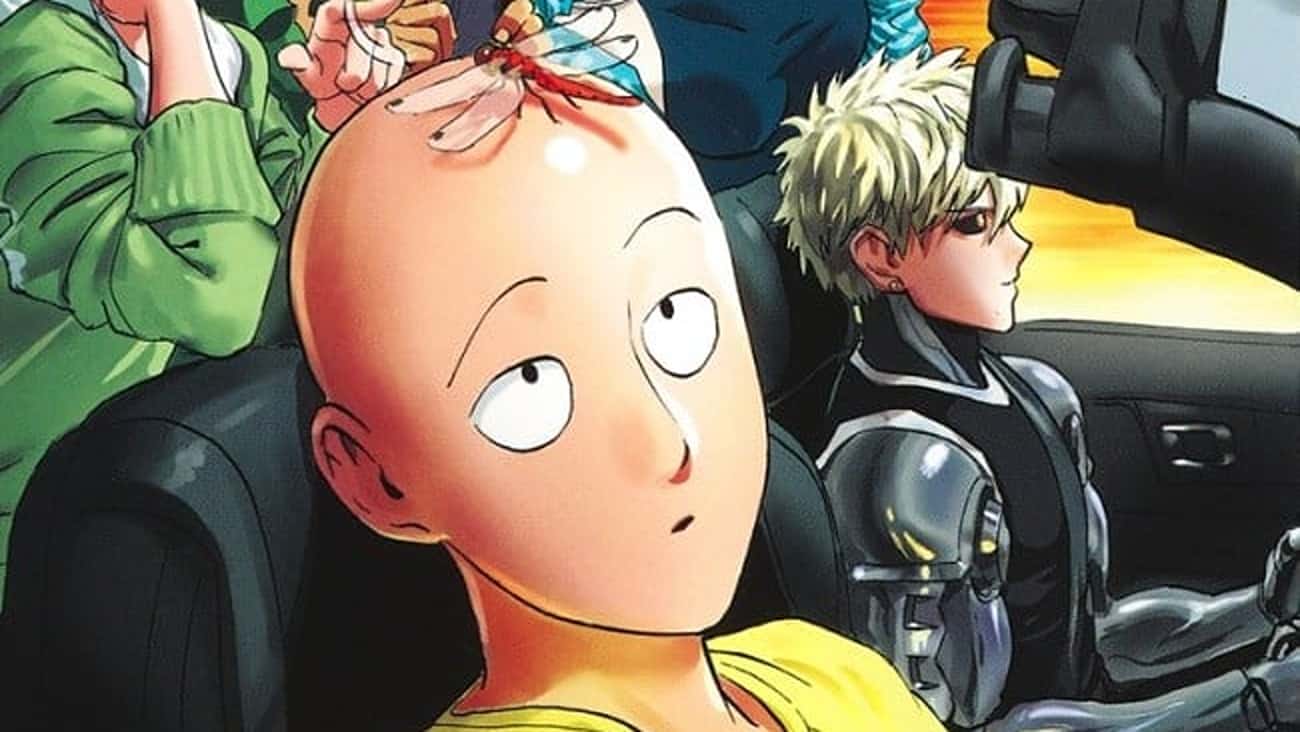
“One-Punch Man” stands out as a brilliant satire of both the superhero and shonen genres, boasting one of anime’s most overpowered protagonists.
At the heart of the series is Saitama, a superhero who has grown disillusioned with his own immense power. With the ability to defeat any enemy with a single punch, Saitama finds himself endlessly bored and yearning for a worthy challenge.
The humor of “One-Punch Man” stems from Saitama’s ennui and his quest for excitement in a world where he effortlessly outmatches all adversaries.
Set in a world plagued by apocalyptic monster attacks and populated by superheroes, Saitama remains a cut above the rest. His sheer, Disaster-Rank Monster-ending strength is juxtaposed with his unassuming and minimalist character design, adding an extra layer of humor to his overpowering presence.
Indeed, no discussion of overpowered anime protagonists would be complete without acknowledging Saitama and the unique brand of comedy he brings to “One-Punch Man.”

As the series playfully subverts expectations and revels in its absurd premise, Saitama’s character continues to amuze audiences with his unmatched strength and unassuming demeanor.
One-Punch Man, created by the artist ONE and later adapted into a high-octane anime, begins with a deceptively simple concept: a hero so powerful, he can defeat any enemy with a single punch. On paper, it sounds like a gag. But that gag evolves into a sharp, stylish, and surprisingly thoughtful look at power, purpose, and the nature of heroism in a world bursting with chaos.
At the center of it all is Saitama—a bald, bored man living in a modest apartment who trained so hard (100 pushups, 100 sit-ups, 100 squats, 10km run every day for three years) that he went bald and became invincible. No villain poses a challenge, and his unbeatable strength has left him emotionally numb. There’s no joy in victory when there’s no struggle, and that ironic emptiness is what makes him such a unique protagonist.
Visually, One-Punch Man is a spectacle. Season 1, animated by Madhouse, features some of the most fluid and kinetic battle animation in recent anime history. Every encounter, even though Saitama usually ends it in one blow, is crafted with jaw-dropping intensity. Enemies roar, cities crumble, and supporting characters battle for their lives—only for Saitama to show up and casually mop the floor without breaking a sweat.
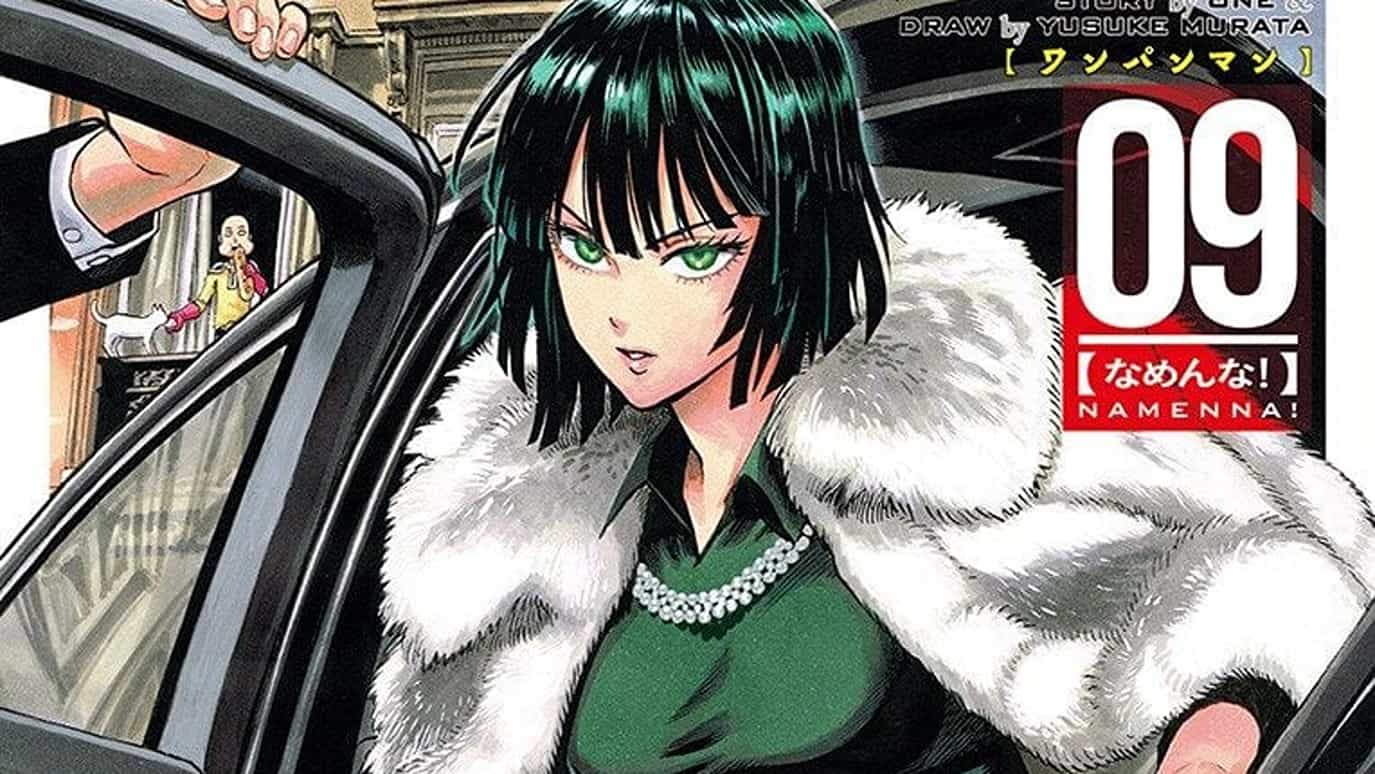
The supporting cast adds depth and variety to the story. Genos, a fiery cyborg seeking revenge, becomes Saitama’s self-proclaimed disciple. While Saitama is indifferent to fame, Genos is earnest, dramatic, and desperate to improve. Their dynamic provides constant comedy and contrast, with Genos treating every moment as life-or-death while Saitama yawns through world-ending threats.
The Hero Association, a bureaucratic system that ranks heroes from C to S class, introduces a satirical angle. Saitama starts at the bottom despite his strength, while flashy, less competent heroes climb the ranks based on popularity. This skewering of media-driven heroism adds a clever layer to the story. Characters like Mumen Rider, a powerless but brave cyclist, embody true heroism in contrast to fame-hungry elites.
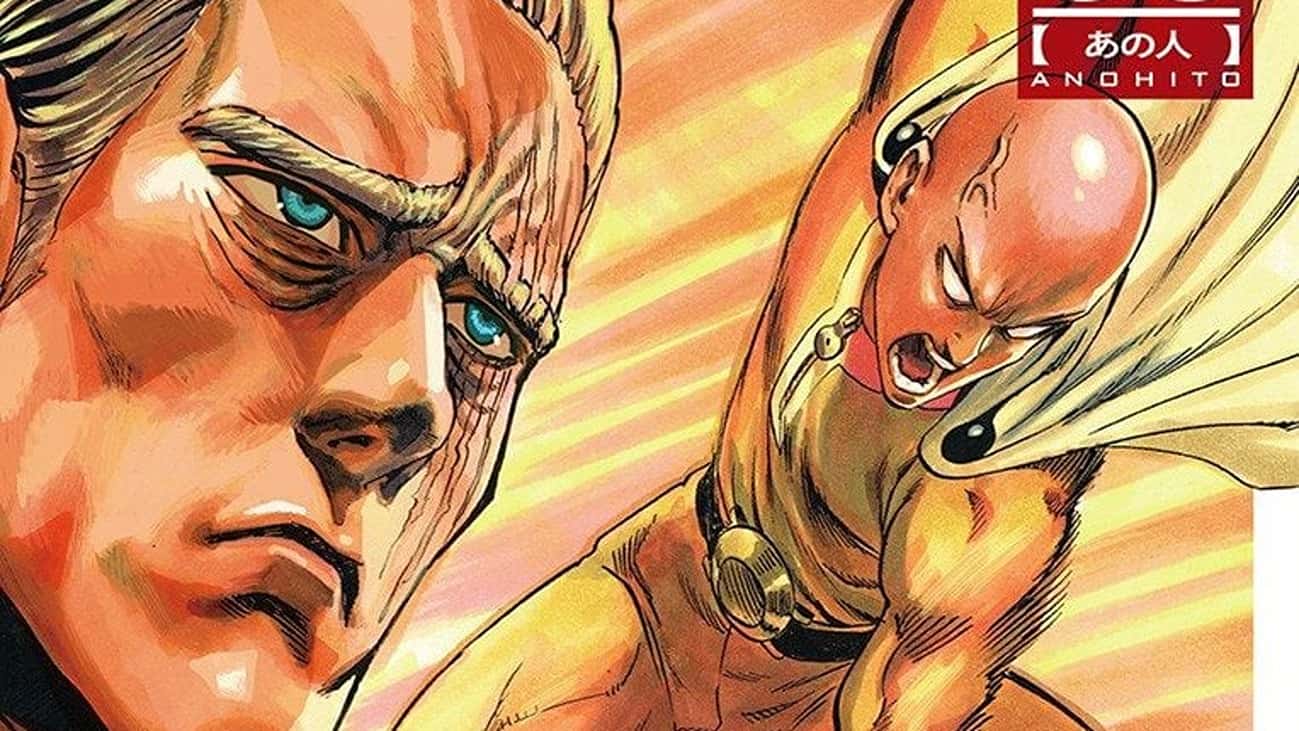
Monsters in One-Punch Man are often bizarre and grotesque, ranging from crab-men in underwear to city-destroying alien overlords. While most are doomed to a quick defeat, many episodes explore their backstories or motivations. The monster designs and transformations reflect the series’ love for over-the-top, often ridiculous worldbuilding that parodies traditional shounen and superhero tropes.
The humor is razor-sharp. From Saitama forgetting he’s in the middle of a battle to side characters narrating dramatic inner monologues while Saitama shops for groceries, the show constantly undercuts tension with absurdity. But this isn’t just comedy for its own sake—it highlights how unbalanced the world has become when one man can trivialize every threat.
Season 2, animated by J.C. Staff, was met with more mixed reactions. While the core story remains intact, the drop in animation quality was noticeable. Still, it pushes the plot forward with the introduction of Garou—a martial arts prodigy and “Hero Hunter” who sees the world in reverse. He sympathizes with monsters and challenges the idea of what makes someone truly heroic. Garou’s arc injects a fresh philosophical edge and a physical challenge Saitama might not even realize he’s facing.
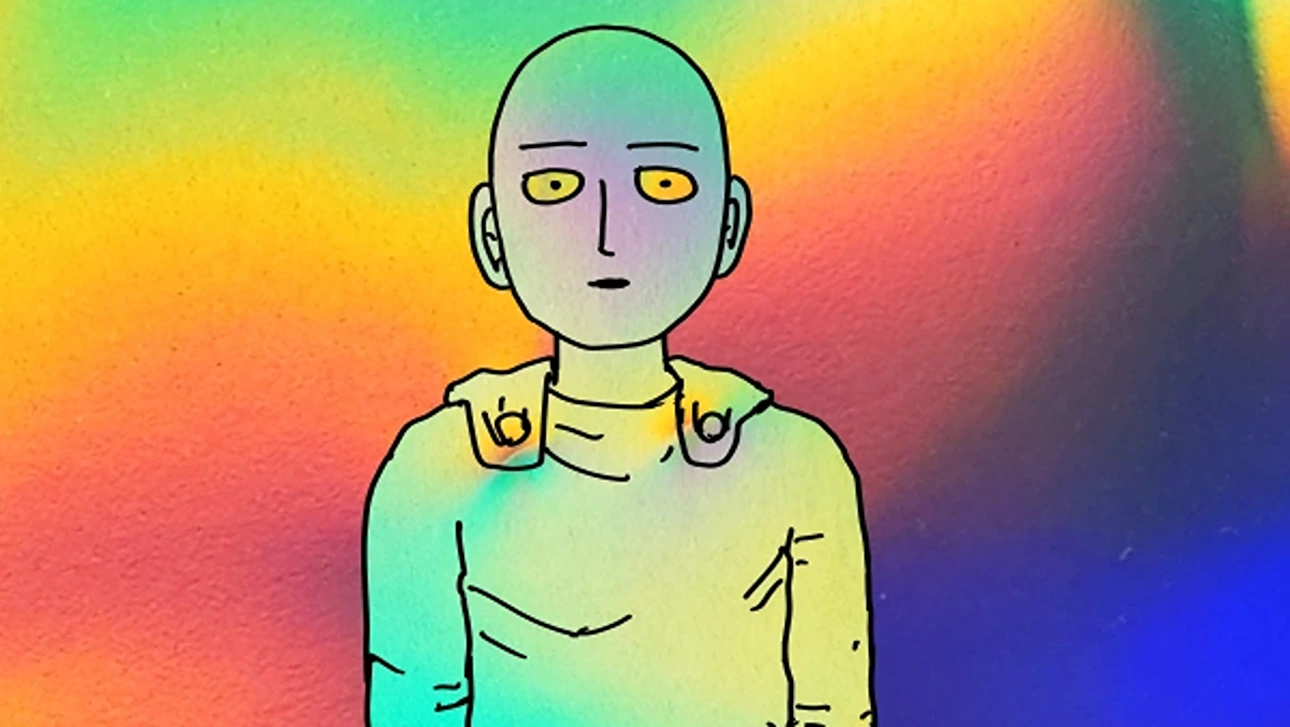
Despite the title, One-Punch Man isn’t about fighting. It’s about boredom, meaning, and what happens after you’ve reached the top. Saitama’s true struggle isn’t external—it’s internal. Without worthy opponents or recognition, he drifts through life aimlessly. His loneliness, hidden behind deadpan expressions and potato chip bags, is the series’ quiet heart.
The music complements the absurd grandeur perfectly. The opening theme “THE HERO!!” by JAM Project is an all-out anthem of superhero bombast—loud, theatrical, and ridiculous in the best way. It encapsulates the show’s tone: parodying superhero epics while wholeheartedly indulging in them. The background tracks swing from moody piano to blazing metal riffs, adding gravitas to even the silliest of showdowns.

The genius of One-Punch Man lies in its contradictions. It’s a satire that loves what it mocks. It’s about a man who defeats all enemies instantly, yet the battles still thrill. It’s a show where the strongest character isn’t the emotional center—everyone else is. And despite the premise wearing thin in lesser hands, ONE’s writing keeps expanding the universe with new ideas, challenges, and perspectives.
One-Punch Man isn’t just a deconstruction of power fantasies—it’s a reflection on ambition, recognition, and fulfillment. Saitama got everything he wanted. Now he just wants something to feel again. That emotional paradox, wrapped in stunning action and biting humor, is what makes One-Punch Man not just another anime—but a genre-defying statement with a killer punchline.
4. Black Clover
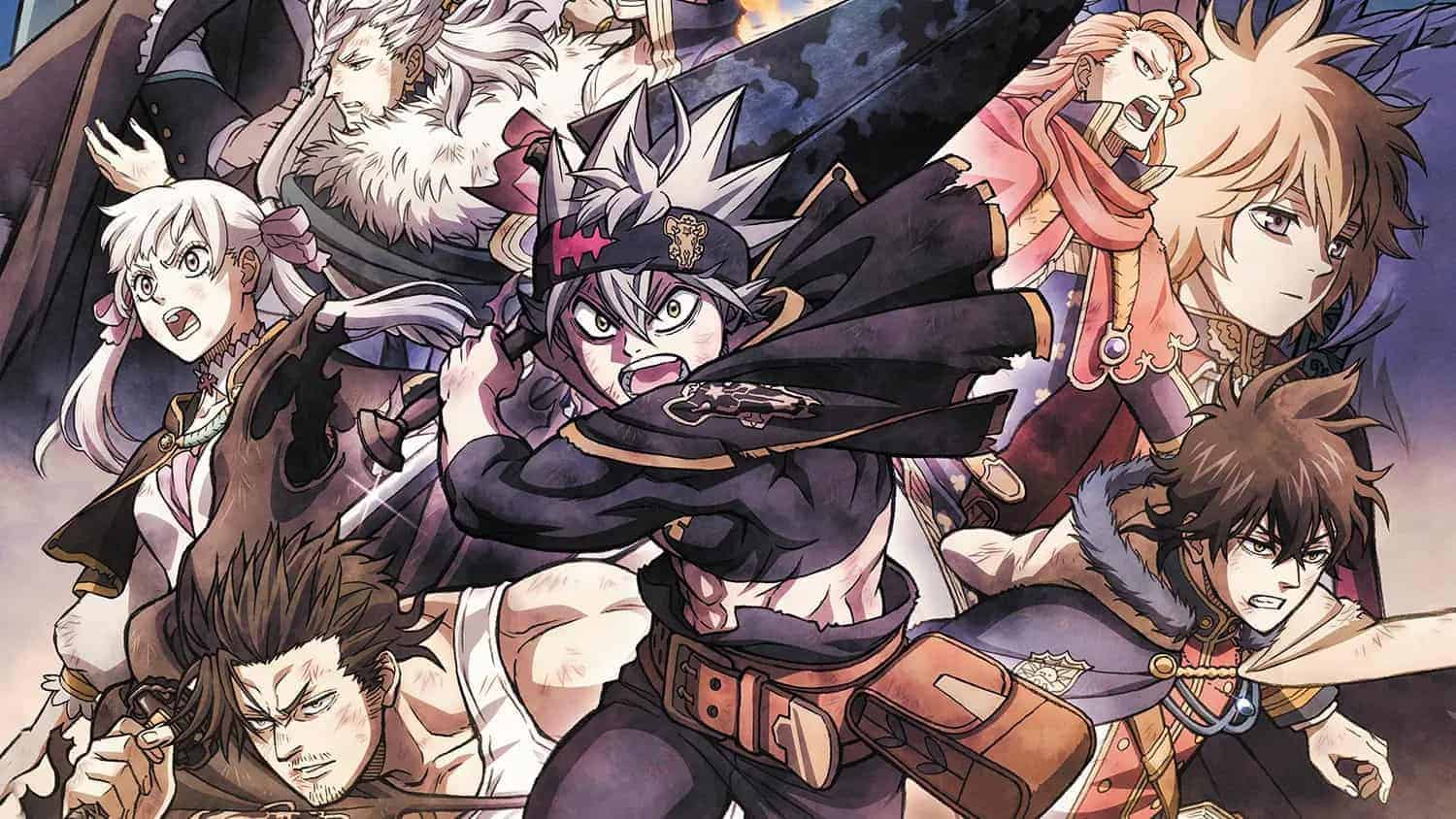
“Black Clover” unfolds within a magnificent world steeped in magic, where its narrative matures into a blend of shonen and fantasy across its 170 episodes.
As the series progresses, viewers witness a notable improvement not only in its storytelling but also in the development of its main character, Asta. Initially perceived as one of the show’s greatest hurdles due to his intense personality, Asta undergoes a significant transformation over time.
Like many shonen protagonists, Asta’s journey towards self-discovery and growth is a central theme of the series, and the payoff is undeniably worth the wait.
In the fantastical realm of “Black Clover,” where magic is a prevalent force, Asta emerges as a unique figure thanks to his possession of anti-magic.
This extraordinary ability sets him apart from other warriors, as anti-magic proves to be technically superior to all other forms encountered in the series. With the potential for a world-ending skill at his disposal, Asta’s journey to master his abilities becomes a thrilling focal point of the narrative.
As “Black Clover” unfolds, viewers are treated to the magical battles and epic adventures, with Asta’s growth as a character paralleling the series’ evolution into a compelling and immersive fantasy experience.
With anti-magic as his trump card, Asta emerges as a formidable force in “Black Clover,” poised to leave a lasting impact on both fans and adversaries alike.
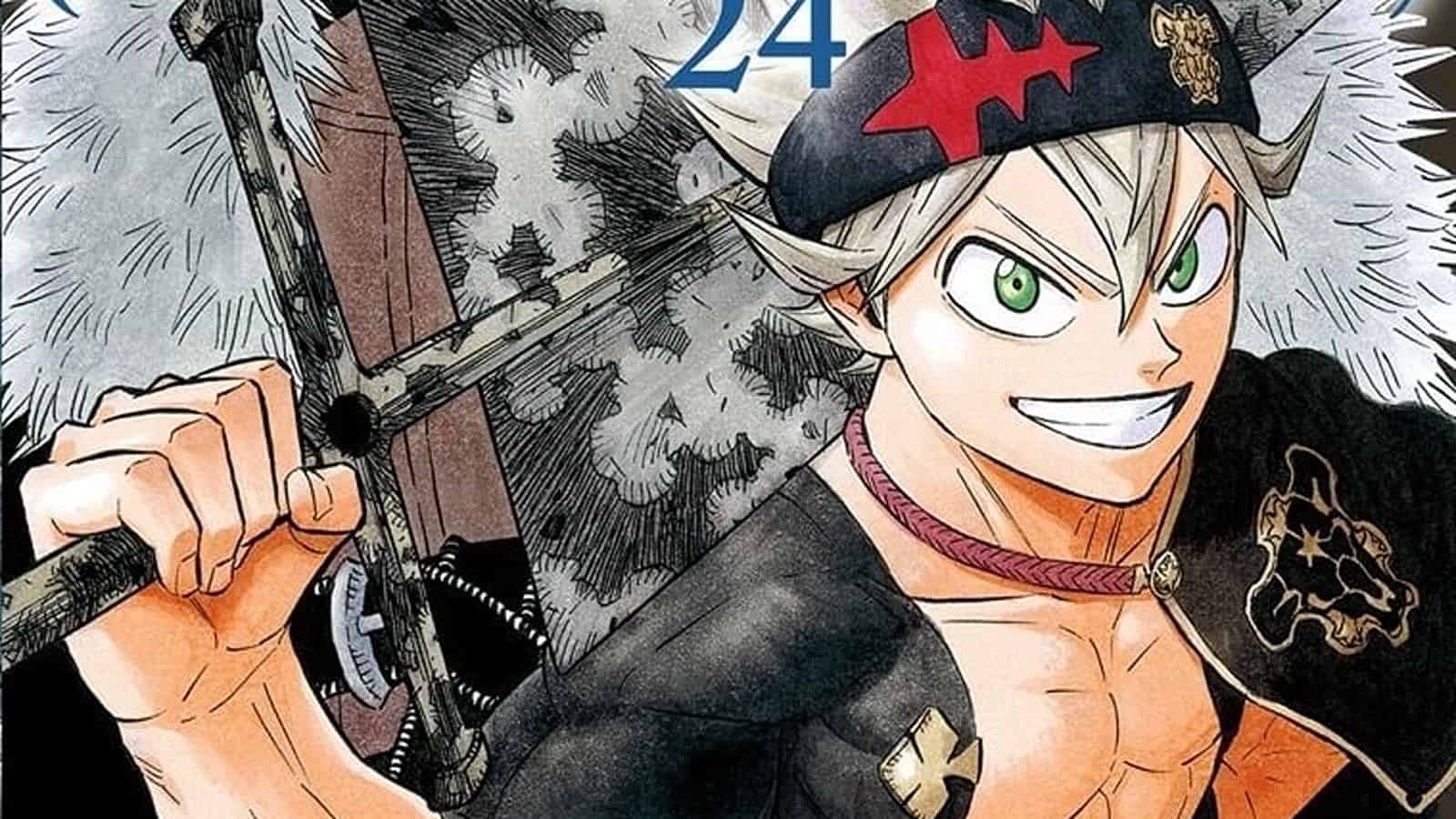
Black Clover, created by Yūki Tabata, takes familiar shounen formulas and supercharges them with relentless energy and an unapologetically loud protagonist. Set in a world where magic is everything, the story centers on Asta—a boy born without a single drop of mana. In a society where power equals worth, Asta’s lack of magic should make him irrelevant. But with sheer will, unbreakable spirit, and an ancient anti-magic grimoire, he charges forward toward his dream of becoming the Wizard King.
Asta’s journey is defined by intensity. He screams, trains, fights, and pushes himself to the brink—constantly. What he lacks in talent, he compensates for with effort that borders on insanity. His rival and childhood friend Yuno, on the other hand, is gifted with immense magical potential and elegance. Both boys promise to compete for the title of Wizard King, but they take drastically different paths to chase the same goal. Their bond drives much of the emotional backbone of the series.
The world-building in Black Clover is rich with history, kingdoms, and class division. Magic knights are organized into squads like the Black Bulls, Golden Dawn, and others, each with its own eccentric leader and members. Asta joins the rowdy, outcast-laden Black Bulls, led by the explosive and booze-loving Yami Sukehiro. Unlike polished knights, this crew is reckless but fiercely loyal—an ensemble of broken toys who find strength in their dysfunction.
Combat is a major strength of the anime. Magic battles are flashy, fluid, and packed with creative spells—from spatial manipulation and time magic to curses and runes. But what makes these fights memorable isn’t just the animation; it’s the emotional stakes behind each one. Whether it’s defending a village from a rogue mage or battling to save comrades during a kingdom invasion, each moment feels earned.
Asta’s anti-magic ability turns typical power scaling on its head. Instead of blasting enemies with force, he nullifies their magic with brute strength and skill. His giant demon-slaying swords are an extension of his underdog status—raw, unwieldy, but devastating. His growth feels consistent, built from pain, failure, and adaptation rather than sudden boosts or destiny-driven gifts.
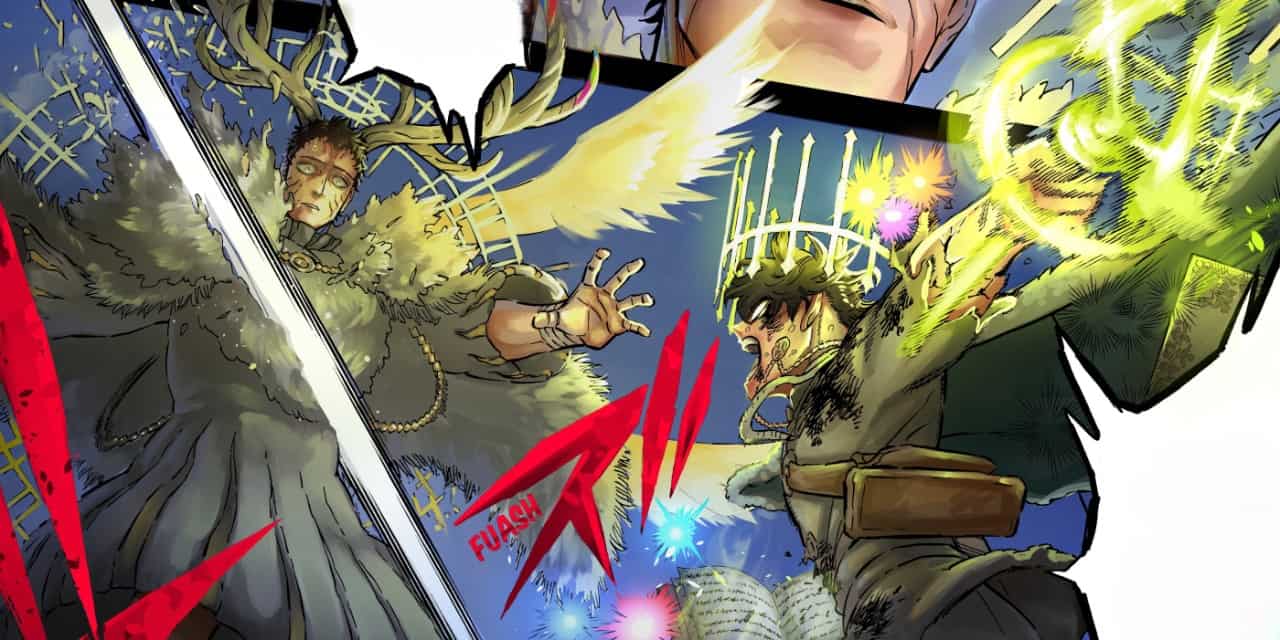
The anime’s pacing is aggressive. Unlike many long-running series, Black Clover rarely stalls. Filler episodes are minimal, and arcs flow into each other quickly. From the dungeon exploration arc to the Witch’s Forest, the Royal Knights Selection Exam, and the intense Elf Reincarnation arc, the story evolves rapidly while raising its stakes with each new twist.
Visually, Black Clover has had its ups and downs. While the early episodes faced criticism for inconsistent animation and excessive yelling, the series finds its rhythm quickly. By the time the Eye of the Midnight Sun and Elf Reincarnation arcs hit their peak, the visuals ramp up dramatically—offering some of Studio Pierrot’s most dynamic action scenes since Naruto and Bleach.
Music also plays a major role. The openings and endings are packed with energy, matching the show’s tone perfectly. Tracks like “Black Rover” and “Haruka Mirai” are among the most iconic shounen themes in recent years. Background music amplifies tension during battles and adds emotion during quieter, heartfelt moments between characters.
While Asta is the obvious spotlight, Black Clover doesn’t skimp on side character development. Noelle Silva, a noble who initially scorns Asta, becomes one of the series’ most compelling characters. Her arc—dealing with insecurity, guilt, and pride—unfolds beautifully. Characters like Luck, Magna, Charmy, and Finral bring depth and personality to the Black Bulls, each facing personal demons while bonding as a makeshift family.
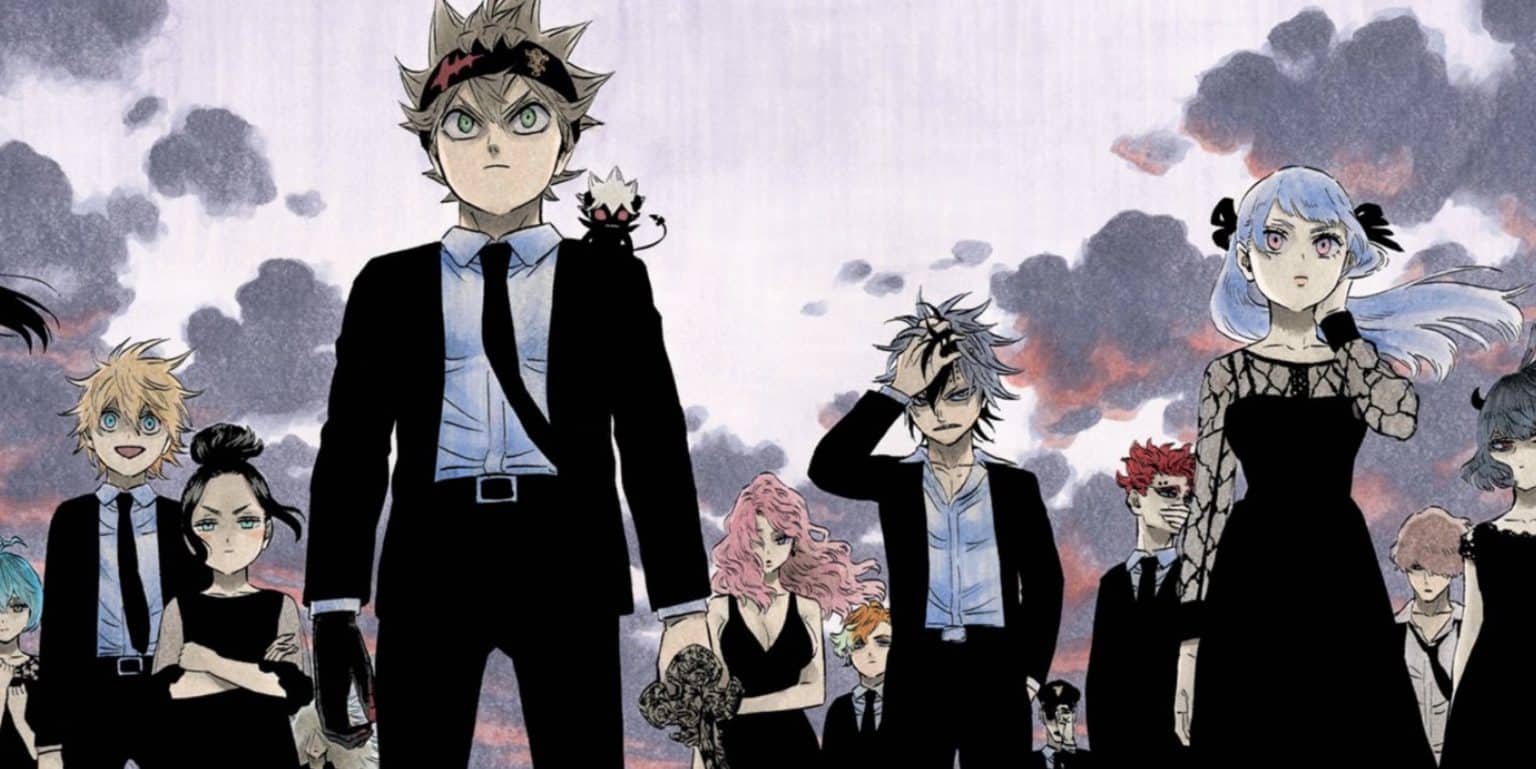
Themes of perseverance, prejudice, and redemption echo throughout the series. Nobles look down on commoners. Devils manipulate from the shadows. Elves seek vengeance for genocide. And yet, Black Clover constantly pushes a message of unity, progress, and defying expectations. It doesn’t reinvent the wheel—it just spins it harder than anyone else.
The devil arc introduces darker, more intense stakes. Asta’s demonic connection with Liebe offers a deeper mystery and a more personal angle to his power. Their bond isn’t just a power-up; it’s a layered relationship built on pain and shared suffering. Even the devils aren’t one-note villains—many are born from tragedy, shaped by cruelty and fear.
Tabata’s art style is raw but detailed, evolving significantly as the manga progresses. The anime stays faithful to this style, capturing sharp expressions, intense eyes, and monstrous forms with a flair that heightens drama. When the action reaches its peak—such as Yami and Asta’s joint battle against Dante—the spectacle feels earned, not exaggerated.

By the time the series hit its 170th episode, it had solidified itself as one of the strongest modern shounen. Though the anime is currently on hiatus with a movie continuation (Black Clover: Sword of the Wizard King), fans eagerly await a return. The movie itself blends canon elements with new content, delivering fast-paced battles and showcasing Asta’s ever-growing power.
Black Clover isn’t revolutionary—but that’s its secret weapon. It embraces everything fans love about shounen: grit, heart, rivalry, and explosive battles. And it does it all without irony or hesitation. It’s loud, relentless, and full of passion. In a world where magic reigns supreme, Black Clover reminds us that determination can be just as powerful—especially when wielded like a blade.
3. The Disastrous Life of Saiki K
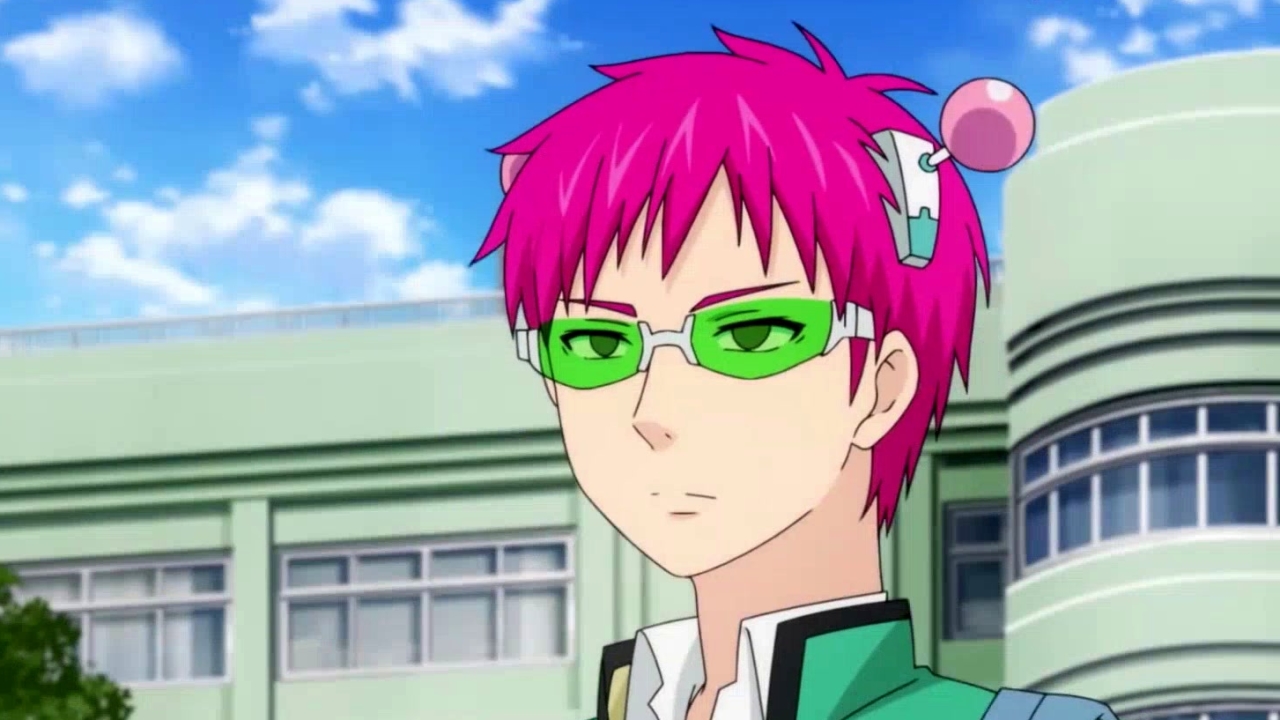
“The Disastrous Life of Saiki K.” offers a comedic take on the life of Saiki Kusuo, a prolific psychic who values peace and quiet above all else.
Despite possessing powers that rival those of Charles Xavier, Saiki prefers to keep a low profile and avoid the spotlight. In this shonen gag series, his psychic abilities are often used to maintain anonymity rather than seek fame or fortune.
For Saiki, the true pleasures in life are found in the simple things. Despite his immeasurable ESP skills, he finds happiness in mundane activities like enjoying a cup of coffee jelly. This juxtaposition of immense power and humble desires serves as a source of humor throughout the series.
In “The Disastrous Life of Saiki K.,” the comedy arises from Saiki’s reluctance to embrace his extraordinary abilities and his desire for a quiet, normal life. It’s this unique blend of powerful psychic abilities and down-to-earth simplicity that makes Saiki Kusuo such a compelling and endearing character in anime comedy.
The Disastrous Life of Saiki K. is a comedy masterclass disguised as a slice-of-life anime with superpowers. Created by Shūichi Asō, the series introduces viewers to Kusuo Saiki, a high schooler born with every psychic ability imaginable—telepathy, teleportation, psychokinesis, x-ray vision, and time travel, just to name a few. But all he wants is a quiet life without attention, which proves to be hilariously impossible.

Saiki isn’t your average overpowered protagonist. He doesn’t care about saving the world or using his gifts for recognition. In fact, he finds his powers to be more of a curse than a blessing. Having to constantly suppress his strength, manipulate reality subtly, and avoid suspicion makes every day exhausting. His biggest challenge isn’t some villain—it’s dodging idiotic classmates and protecting his secret.
The brilliance of Saiki K. lies in its relentless gag delivery. Each episode is broken into short, fast-paced segments, packing jokes with perfect comedic timing. Saiki’s inner monologue, delivered with deadpan brilliance, plays the straight man to an ensemble of ridiculously exaggerated characters. There’s Nendou, the loud and clueless musclehead Saiki can’t read telepathically. Kaidou, a delusional chuunibyou convinced he’s a dark hero. Teruhashi, the narcissist who’s convinced Saiki secretly loves her.
These characters form a chaotic circle around Saiki’s calculated calm. Every interaction turns into a situation he must navigate with stealth and restraint. Whether it’s avoiding a confession, stopping a robbery without being noticed, or just trying to eat coffee jelly in peace, Saiki’s struggle is always absurd yet relatable in its own twisted way.

Animation is bright, energetic, and constantly in motion—matching the breakneck pace of the humor. The character designs are simple but expressive, making each reaction shot land with impact. J.C.Staff and Egg Firm ensure the series never looks static, even with minimal action scenes. Visual gags hit just as hard as punchlines, often enhanced by Saiki’s psychic tweaks in the background.
The Japanese voice cast is outstanding, with Hiroshi Kamiya delivering Saiki’s internal narration with flawless timing and tone. His dry delivery provides the perfect contrast to the chaos surrounding him. In the English dub, Jerry Jewell captures Saiki’s exhaustion and sarcasm well, keeping the humor sharp across both versions.
What elevates The Disastrous Life of Saiki K. beyond typical gag anime is its surprising emotional undercurrent. Despite claiming to hate people, Saiki genuinely cares. He’s not cold—he’s cautious. The friendships he unintentionally builds and the people he protects despite his grumbling create an oddly heartwarming thread through the comedy. There’s depth hiding beneath the constant laughter.

The episodic format makes it easy to binge or dip into casually. Yet as it goes on, small threads of character growth emerge. Teruhashi becomes less shallow. Kaidou learns bits of self-awareness. Even Saiki, who insists he doesn’t need anyone, starts accepting that his life might be better with this group of weirdos around him. It’s subtle but sincere.
A key highlight is how the series plays with genre tropes. Saiki’s god-tier powers let the show parody action, romance, school drama, and sci-fi without needing to change its setting. Time-travel arcs, disaster prevention, body-swapping—they all happen, but through a lens of complete exasperation. Saiki sees every genre twist as an inconvenience, and it’s brilliant.

The music and sound design complement the absurdity. The opening and ending themes are catchy, with visuals packed with easter eggs and character cameos. Background scores ramp up drama only to undercut it seconds later with a punchline. Silence is often used for comedic pauses, giving the viewer time to catch their breath before the next joke lands.
One of the anime’s most clever moves is how it portrays power. Saiki could reshape the world, but instead he changes lottery numbers or repositions vending machines to avoid interactions. The restraint in his abilities reflects his desire for normalcy—something unattainable when your brain can hear everyone’s thoughts. It’s power fantasy flipped on its head.

Later seasons and specials continue building on this foundation. The Netflix-exclusive “Reawakened” brings back fan-favorite characters and ramps up the insanity even further. Yet even as the series evolves, it never loses its central focus: a boy who just wants to be left alone but keeps attracting chaos anyway.
The Disastrous Life of Saiki K. is a rare gem that combines psychic powers, parody, and pure comedy without sacrificing heart. It’s a satire, a school life story, and a philosophical comedy all in one. Saiki might be the most powerful character in anime—but his greatest battle will always be surviving high school without screaming.
2. Overlord
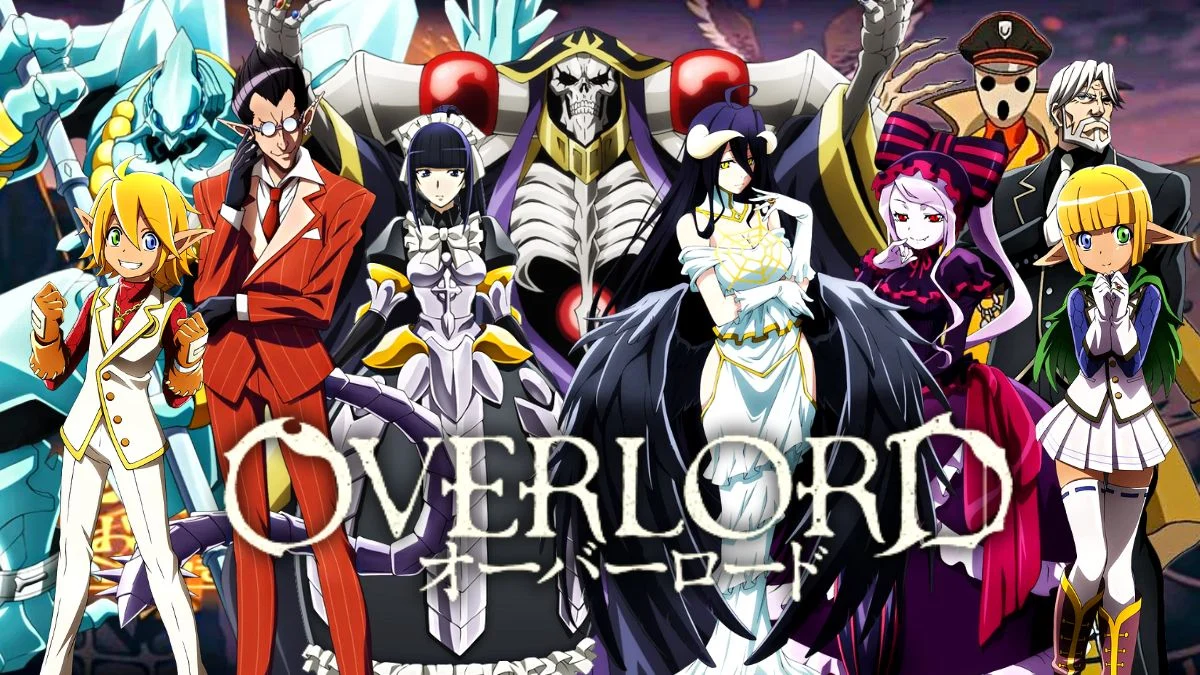
“Overlord” revolutionizes the isekai genre by offering a unique perspective through the eyes of a formidable tyrant, Ainz Ooal Gown.
As the central character of this self-aware MMORPG anime, Ainz embodies an almost parodic level of power. Within the world of “Overlord,” he holds absolute dominion, capable of summoning angels, demons, and wielding an array of elemental skills that seem limitless. It’s akin to find a video game with “God Mode” activated.
In traditional MMORPGs, reaching Level 100 allows players to master around 300 spells, an achievement that would impress most.
However, Ainz shatters these boundaries by leveraging “Dark Wisdom,” enabling him to acquire an astonishing total of 718 spells. This unparalleled mastery underscores the near-impossibility of challenging this powerhouse.
Ainz’s overwhelming strength and authority grab audiences, who eagerly follow his reign with a mix of awe and fascination.
With each display of his unmatched power, viewers are drawn deeper into Ainz’s story, hoping that his rule remains unchallenged. In “Overlord,” Ainz Ooal Gown emerges as a figure of both fear and admiration, reshaping the surface of the isekai genre with his indomitable presence.
Overlord isn’t your typical isekai anime—it’s darker, smarter, and far more complex than most of its genre peers. Adapted from Kugane Maruyama’s light novel series, the anime throws viewers into a brutal world where the usual moral compass is entirely absent. It asks a chilling question: what happens when a human loses everything that makes them human?
The story begins with Momonga, a devoted player of a once-popular MMORPG called Yggdrasil. As the servers shut down for good, he remains logged in, expecting to be disconnected. Instead, he wakes up to find himself trapped in the game as his undead avatar—Ainz Ooal Gown. What once was a game is now his reality, and all the NPCs of his guild’s headquarters are sentient beings who worship him.
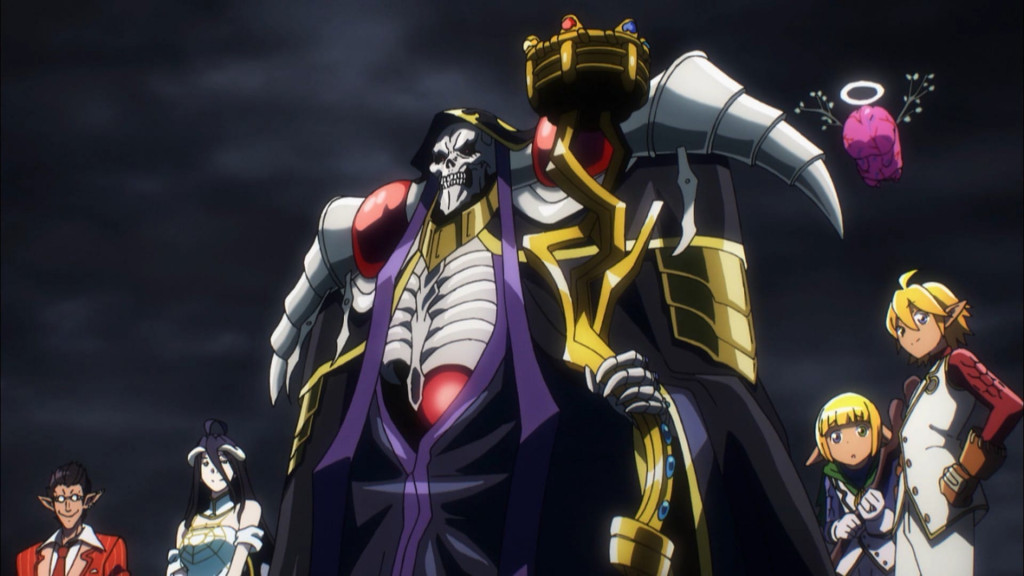
From the very start, Overlord subverts expectations. Ainz is not a hero. He’s not a reluctant savior or a morally conflicted lead. As an undead, his emotions are suppressed. He operates through calculation, strategy, and cold logic. The result is a protagonist who is as terrifying as he is fascinating. Viewers are pulled into his web, watching him dominate, manipulate, and conquer without remorse.
What makes Overlord so compelling is its commitment to worldbuilding. Every kingdom, faction, and species is intricately crafted. Political systems aren’t just mentioned—they’re explored. Magic has rules, hierarchies matter, and nothing happens without consequence. The New World Ainz finds himself in isn’t a sandbox—it’s a living, breathing environment with its own ambitions and dangers.
The supporting cast of Nazarick, Ainz’s loyal guardians, are monstrous in both power and personality. Albedo, the succubus in love with Ainz, shifts from elegant to terrifying in seconds. Demiurge, the demon strategist, is a genius with a sadistic streak. Shalltear, Cocytus, and the rest round out a roster that is both entertaining and unnerving. Their devotion borders on worship, and their actions reflect their twisted sense of justice.
What’s truly unique is that Overlord doesn’t frame good and evil in black and white. The protagonists, led by Ainz, commit atrocities—massacres, torture, manipulation—yet they’re not punished. Instead, the world adapts. Morality bends. The show forces viewers to sit with their discomfort. You might root for Ainz one moment and recoil the next. That ambiguity is part of the magic.
Animation quality varies across seasons, but Madhouse ensures that the battles hit hard when they matter. The first season stands out for its visual polish and strong pacing. Later seasons sometimes struggle with rushed arcs or CG inconsistencies, but the storytelling remains consistent in tone. Dialogue-heavy scenes dominate, but they serve a purpose—each word reveals more about motives, fears, or long-term plans.
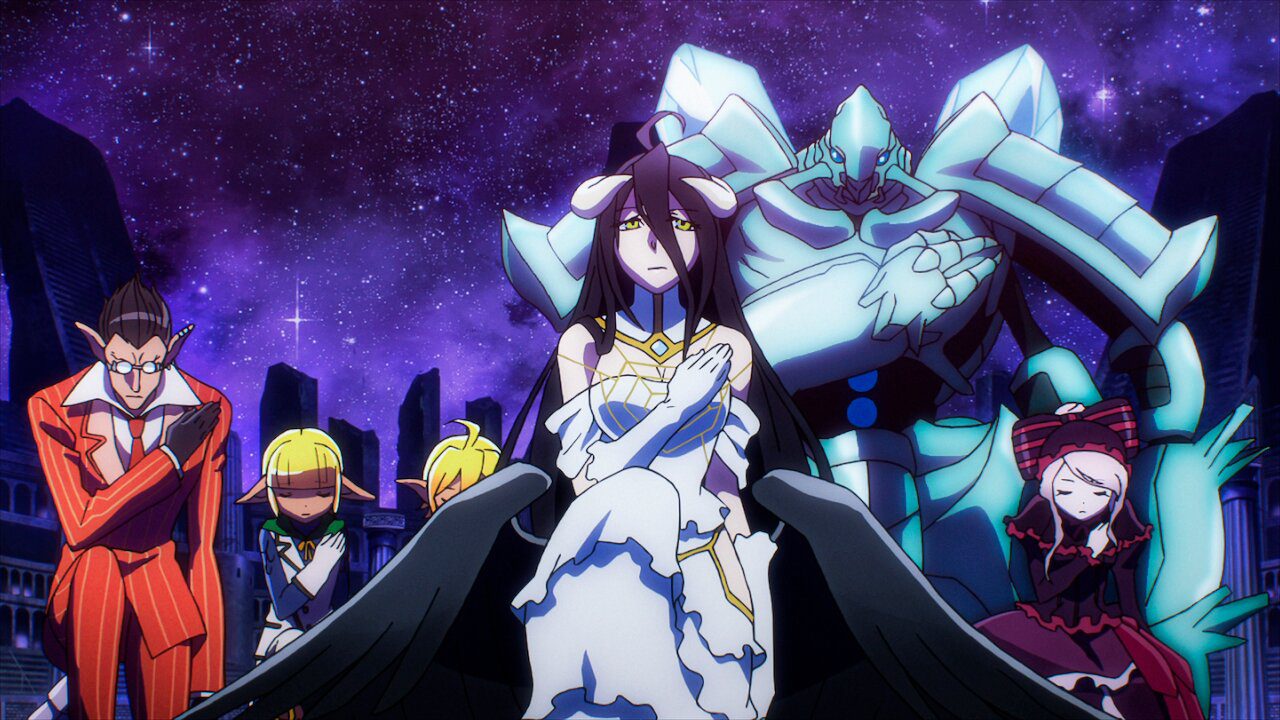
The anime’s soundtrack, composed by Shuji Katayama, leans into ominous themes. The opening tracks like “Clattanoia” by OxT and “Go Cry Go” are headbanging anthems that reflect Ainz’s overwhelming presence. The eerie background scores accentuate the sense of dread that permeates nearly every encounter. Every musical cue reminds viewers that they’re watching a world where hope rarely wins.
Voice acting, particularly in the Japanese version, is stellar. Satoshi Hino brings Ainz to life with cold precision and bursts of forced theatricality when the character puts on a facade. His shift from internal monologue to overlord persona is seamless, adding nuance to every scene. The English dub holds up well too, with Chris Guerrero giving Ainz a chillingly calm authority.
Pacing can sometimes be a point of contention. Overlord takes its time, often prioritizing strategy and political games over non-stop action. Some arcs unfold slowly, but the payoff usually justifies the build-up. The Empire arc, the invasion of Re-Estize, and the war with the Slane Theocracy all contribute to a grander narrative of domination. Ainz’s ambitions grow as his control spreads—and so does the dread.
One of the most interesting elements is how the series handles the isekai trope. Ainz isn’t trying to get home. He never searches for answers about why he’s there. Instead, he embraces his god-like role. This twist removes the usual “fish-out-of-water” comedy and replaces it with authoritarian world-building. It’s not about escape—it’s about conquest, stability, and eternal rule.

Character development in Overlord is lopsided by design. Ainz evolves, but mostly in how he rationalizes his actions. The floor guardians develop loyalty, pride, and rivalry. Meanwhile, human characters come and go—some noble, some evil, all vulnerable. The power gap between Nazarick and the rest of the world is almost laughably large, and the show doesn’t pretend otherwise.
Yet for all its dominance fantasy, Overlord is still deeply philosophical. It explores identity, loyalty, the burden of leadership, and the illusion of control. Ainz may act like a ruler, but inside, he’s just Suzuki Satoru—a lonely man clinging to nostalgia, masking his humanity in layers of bone and magic. His fear of failure is buried beneath an undead grin, but it never vanishes.
Overlord continues to entertain because it’s unpredictable. You don’t watch it to see the hero triumph. You watch it to see how far the antihero will go. It’s a series where death is permanent, kindness is rare, and loyalty is both beautiful and terrifying. As long as Ainz Ooal Gown stands at the top, the world below will never stop trembling.
1. Dragon Ball
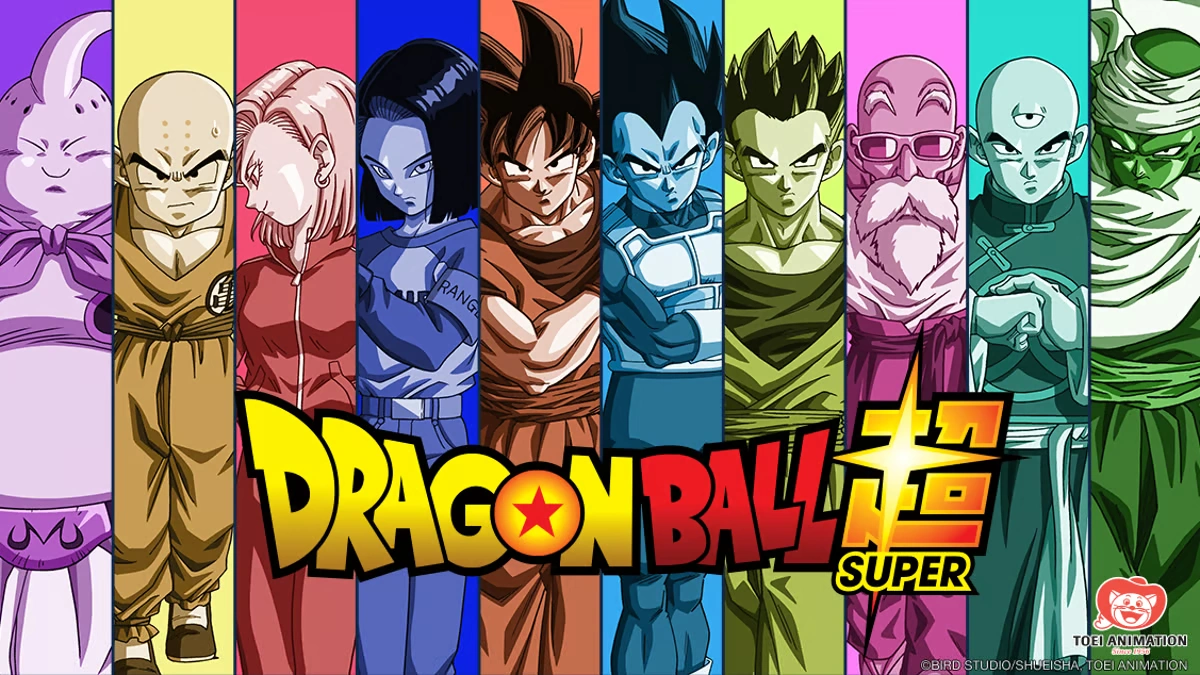
“Dragon Ball” stands as a quintessential shonen series where awe-inspiring transformations are an integral part of the narrative fabric. At the heart of the series is Goku, the perennial protagonist whose journey embodies a fascinating power scaling.
Despite facing adversaries who surpass him in strength, Goku’s unwavering determination and indomitable spirit propel him to break through his limits and unlock unprecedented transformations of power.
From his humble Saiyan beginnings, Goku has evolved into a figure of incredible strength, with his Super Saiyan forms merely scratching the surface of his potential.
Throughout the series, audiences have witnessed Goku’s growth from a precocious, overpowered child to an incomparable adult whose abilities transcend mortal limitations.
Even in “Dragon Ball Super,” Goku continues to push the boundaries of his power, achieving milestones that surpass even the gods themselves. In the face of seemingly insurmountable challenges, there is never any doubt — particularly from Goku himself — that he will rise to the occasion and overcome the odds.
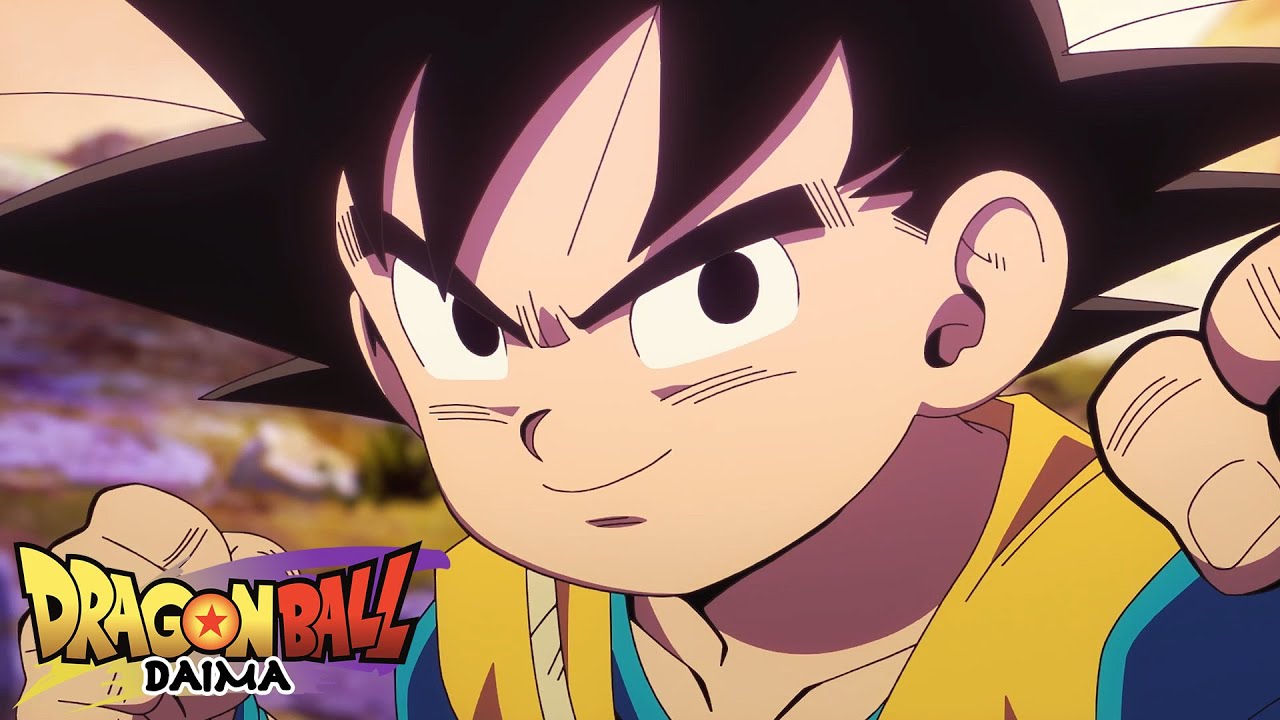
As “Dragon Ball” unfolds, Goku’s journey serves as a testament to the power of determination and the limitless potential of the human spirit. With each transformation, Goku reaffirms his status as an iconic symbol of resilience and perseverance, grabbing audiences and inspiring generations of fans worldwide.
Akira Toriyama’s Dragon Ball didn’t just influence anime—it reshaped it. What began as a loose adaptation of Journey to the West quickly became one of the most iconic stories in animation history. With its blend of martial arts, comedy, and growing stakes, Dragon Ball laid the groundwork for nearly every shounen series that followed.
At its center is Son Goku, a boy with a monkey tail, endless appetite, and a pure heart. Raised in isolation, Goku meets Bulma, a teenage genius hunting the mystical Dragon Balls. Their meeting triggers a journey across deserts, cities, fortresses, and jungles. Each arc introduces new characters and conflicts, gradually widening the series’ world.
The first arcs feel more like an adventure comedy. Goku’s innocence, combined with Toriyama’s playful humor, drives much of the early charm. Whether fighting a shape-shifting pig or battling a tiny emperor obsessed with world domination, the tone remains light, absurd, and genuinely fun.
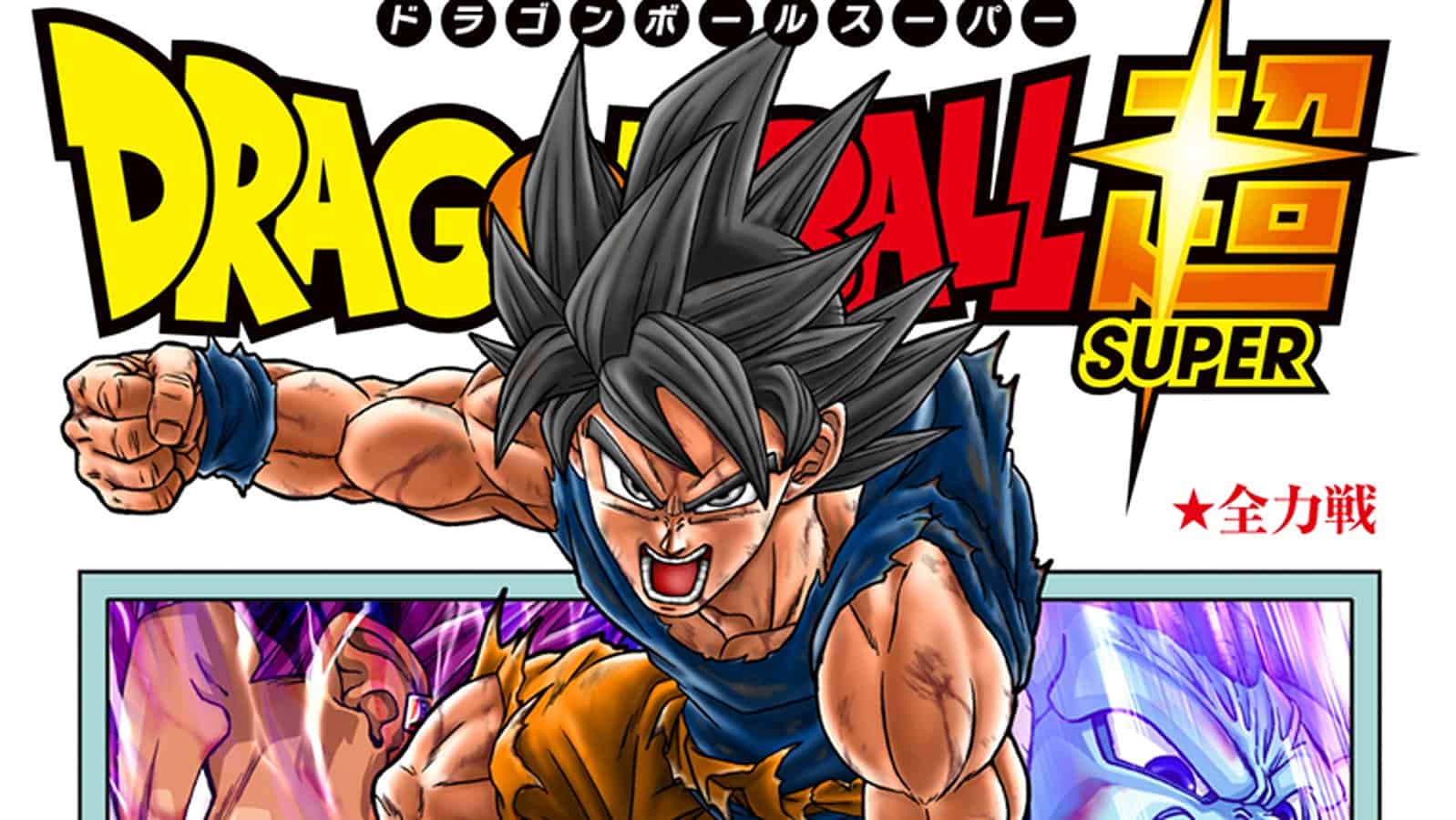
But Dragon Ball isn’t just jokes and martial arts gags. Beneath the silliness is a sincere sense of growth. Goku’s encounters with characters like Master Roshi, Krillin, and Yamcha all shape him. Training becomes more than just fighting—it’s about discipline, humility, and pushing one’s limits.
The World Martial Arts Tournaments mark a shift. Each tournament raises the bar, testing Goku’s evolving skills while introducing powerful rivals. Tien Shinhan, initially an arrogant assassin, becomes a close ally. Piccolo, once a terrifying villain, evolves into a mentor and protector. These changes reflect the series’ deeper focus on redemption and growth.
Villains in Dragon Ball aren’t always evil for evil’s sake. Many are shaped by their environment, teachings, or trauma. The Red Ribbon Army, for example, presents a militarized threat, but its defeat isn’t just a victory for Goku—it’s a blow against oppressive authority. Goku’s resistance is never about revenge—it’s always about protecting.

Goku’s fighting style matures alongside him. Early battles rely on trickery and improvisation, but by the King Piccolo arc, strategy and skill become essential. The introduction of energy attacks like the Kamehameha Wave adds spectacle while emphasizing internal power. Martial arts becomes both physical and spiritual.
Supporting characters play a huge role. Bulma brings intelligence and invention. Krillin provides rivalry and loyalty. Chi-Chi, once a wide-eyed child bride candidate, becomes a grounding force in Goku’s chaotic life. Even characters like Launch, often forgotten, add spice and unpredictability to the ensemble.
The Dragon Balls themselves symbolize hope and consequence. They can undo death, restore lands, or bring hilarity. Yet their presence also sparks greed, ambition, and conflict. The balance between magic and morality gives the series emotional texture without leaning on melodrama.
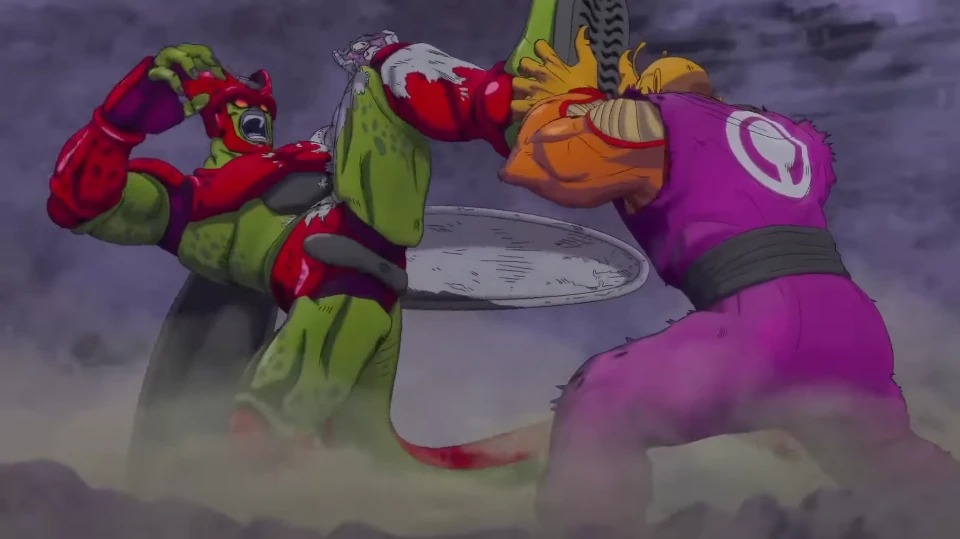
Toriyama’s art evolves throughout the series. Early designs are rounder, more comedic. As the stakes rise, his line work sharpens, and action becomes more fluid. Expressions are exaggerated but always purposeful. The blend of cartoon physics and real-world martial arts styles gives every punch and kick weight.
Music also plays a key role. The original Japanese score by Shunsuke Kikuchi blends traditional sounds with heroic flair. It captures moments of levity and intensity without ever overwhelming the scene. The theme song “Makafushigi Adventure!” remains instantly recognizable decades later.
What makes Dragon Ball endure is its spirit. Goku doesn’t seek glory—he seeks improvement. He’s not driven by vengeance or duty, but curiosity and challenge. His hunger—literal and metaphorical—represents the joy of discovery, the thrill of facing a stronger opponent, and the simplicity of being better than you were yesterday.

The tone of Dragon Ball gradually shifts from a whimsical martial arts adventure to something more intense. The King Piccolo arc introduces real danger. Characters die. Villains kill without mercy. Yet the transition never feels jarring. It’s earned. Goku grows, and so does the story around him.
Even amid higher stakes, the humor never disappears. Toriyama’s comedic timing remains sharp, and the absurdity of situations—like fighting a mummy or getting stuck in a trap-filled tower—adds flavor. Humor becomes a release valve, balancing tension with levity.
Dragon Ball also reflects cultural shifts. Its early parody of wuxia films and folklore gradually incorporates Western sci-fi influences. Capsules, robots, time travel—all blend seamlessly with mystical techniques and martial philosophy. It’s a fusion that makes the world feel limitless and unpredictable.
Female characters aren’t sidelined either. Bulma’s intelligence drives the story as much as Goku’s fists. She’s not a fighter, but she solves problems others can’t. Chi-Chi and Android 18 later follow suit—uncompromising and strong-willed, even outside the battlefield.
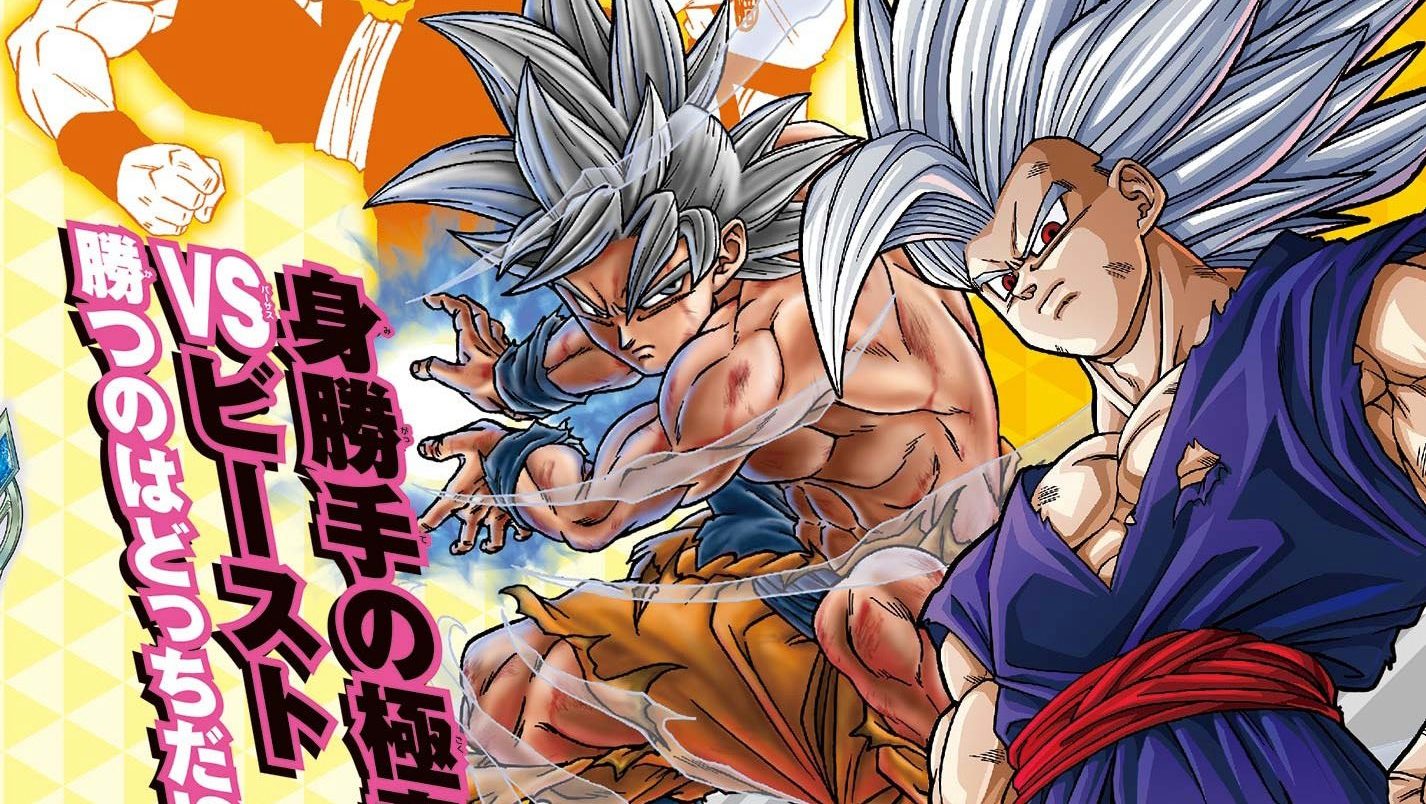
The training arcs are especially memorable. Whether it’s running with giant turtles, carrying milk up mountains, or surviving deadly climates, Goku’s path emphasizes effort. Power isn’t handed down—it’s earned. That work ethic resonates, making every win feel like a shared victory.
The emotional beats land with sincerity. Goku’s reunion with Grandpa Gohan, for example, is both heartwarming and melancholic. Moments of quiet reflection are rare but potent. They remind viewers that beneath the action is a story about connection, memory, and legacy.
Characters leave, return, and change. Tien learns humility. Yamcha evolves past his cowardice. Even villains like Piccolo develop bonds they never expected. These arcs reinforce that nobody in Dragon Ball is static. Everyone, even minor characters, has room to grow.
The legacy of Dragon Ball is undeniable. Without it, Naruto, One Piece, or My Hero Academia wouldn’t exist in the same way. Its impact reaches beyond anime—into fashion, video games, and global pop culture. It’s more than nostalgia. It’s a blueprint.
It’s easy to focus on the spectacle—the flying, the energy blasts, the screaming. But at its core, Dragon Ball remains a deeply human story. It’s about courage without cruelty, power with purpose, and the never-ending desire to reach your next limit—always hungry, always humble.
Trending Products

FIGURE DEMON SLAYER: KIMETSU NO YAI...

FIGURE NARUTO SHIPPUDEN – HAR...

Funko Pop Animation: Naruto Shippud...

Banpresto Naruto Narutop99 Action F...

YSBRING Degenerator Industry 1/12 S...

Taito Original Amp+ My Dress-Up Dar...

Funko POP! Animation: Bleach –...

Yu-Gi-Oh! 5D’s: Yusei Fudo Ne...

ACTION FIGURE JUJUTSU KAIZEN –...

